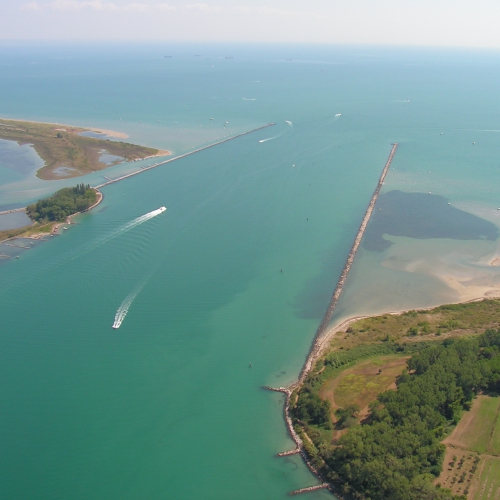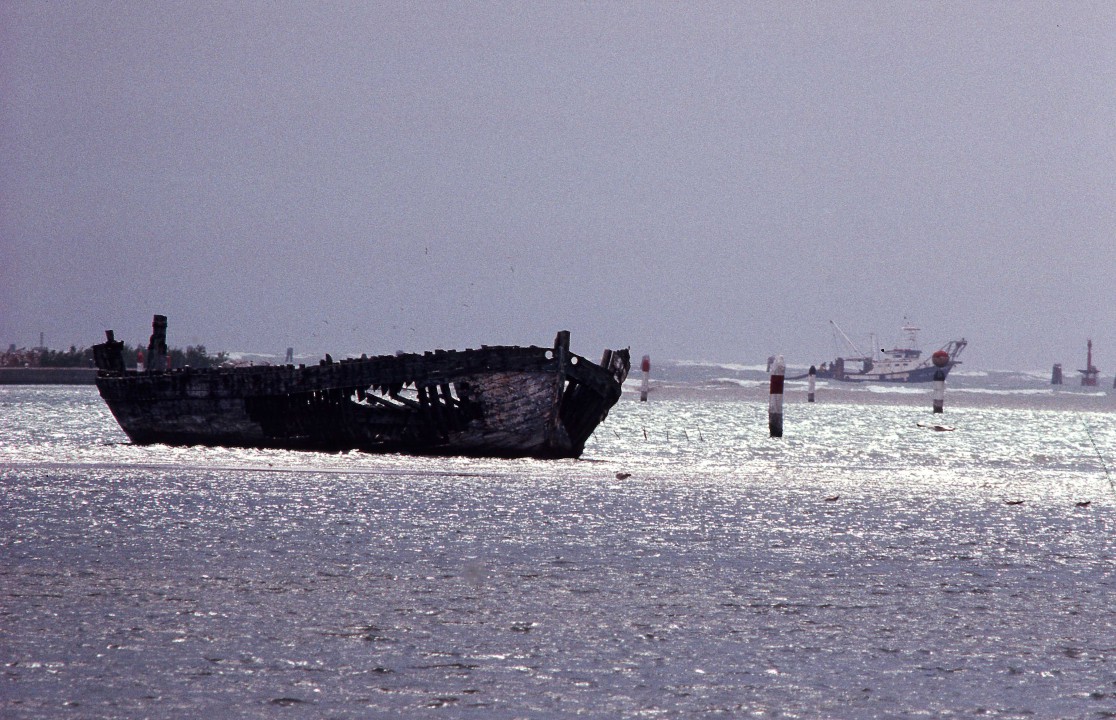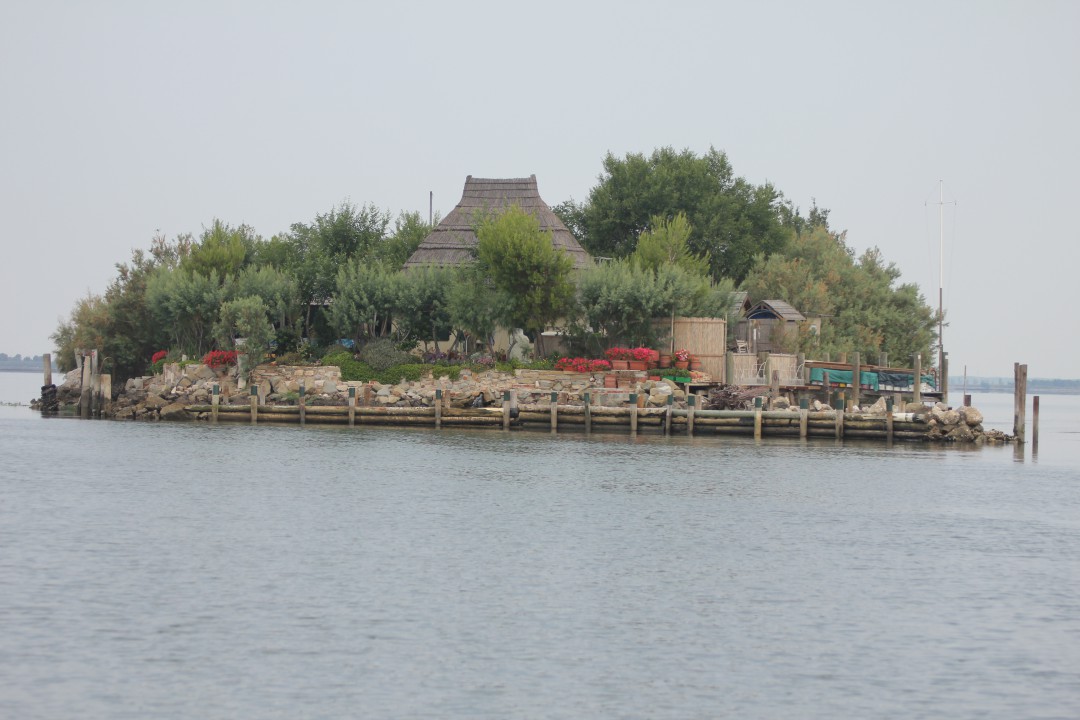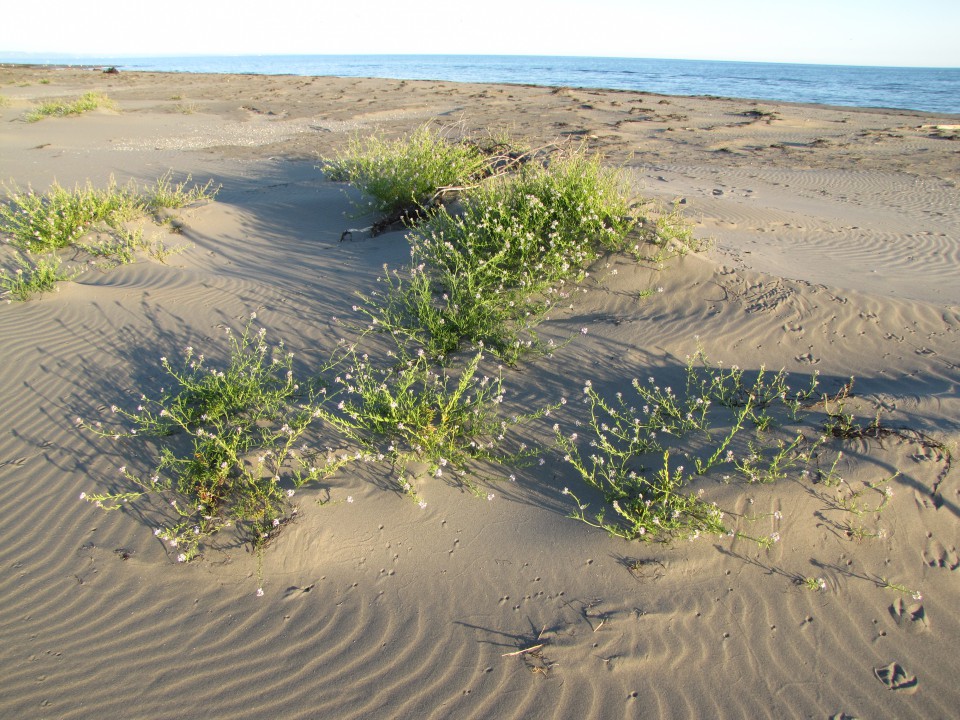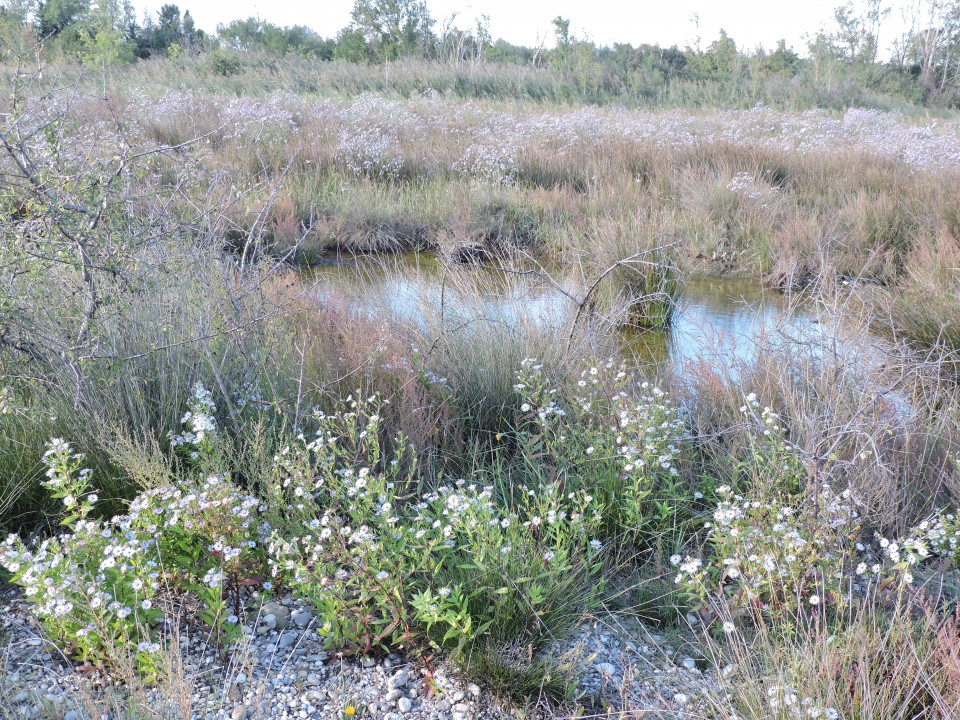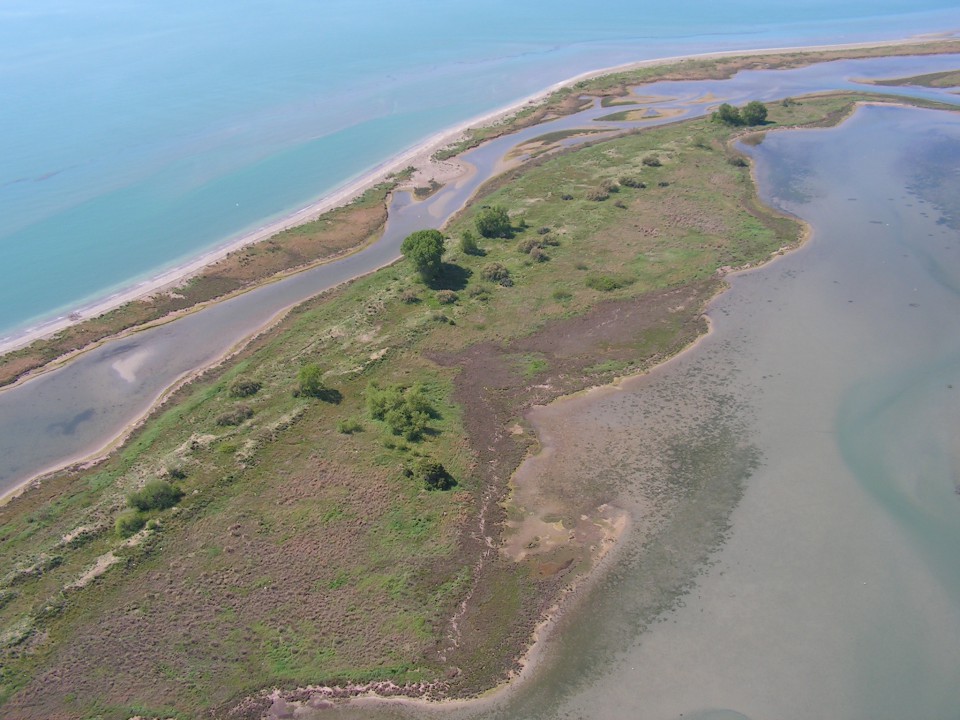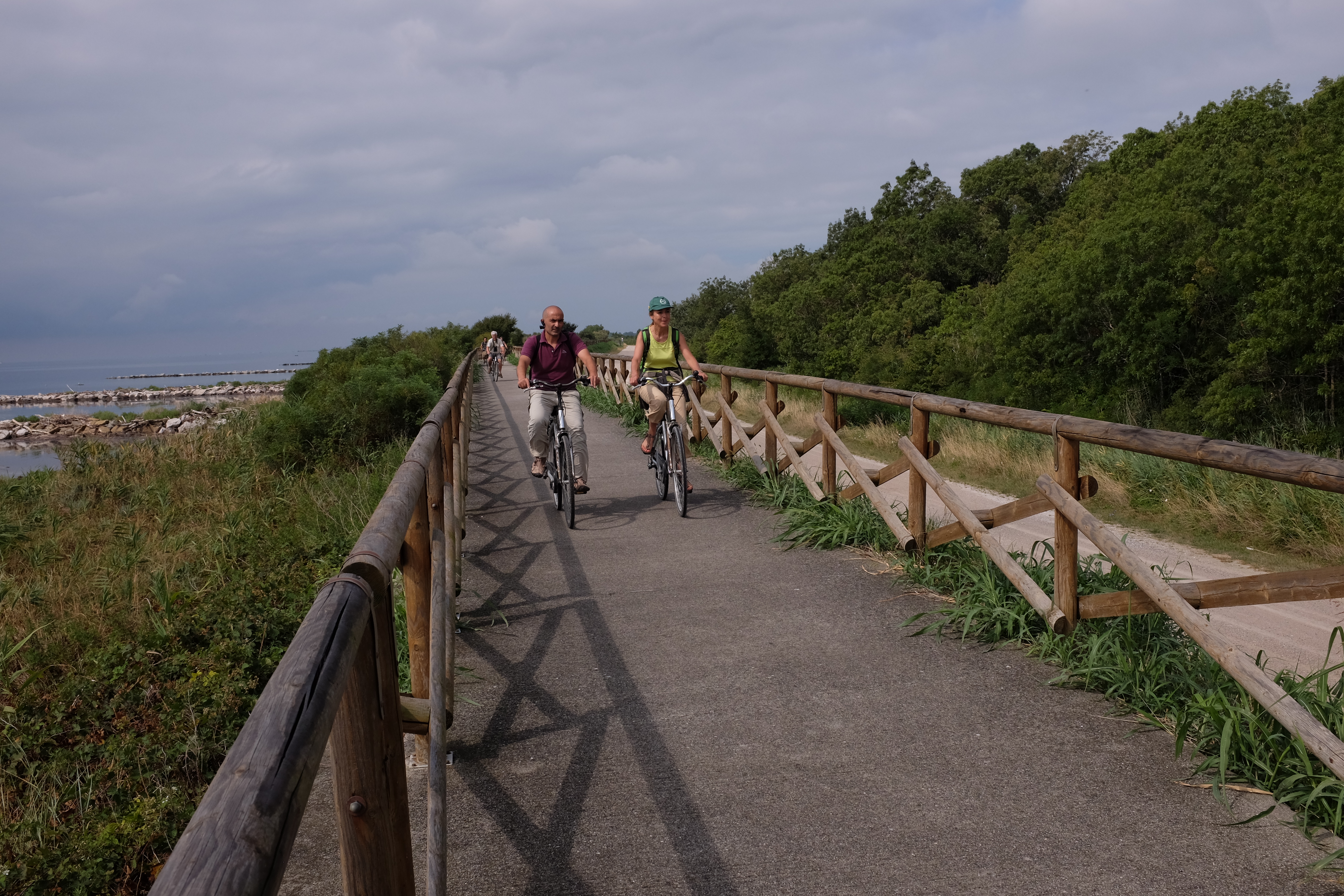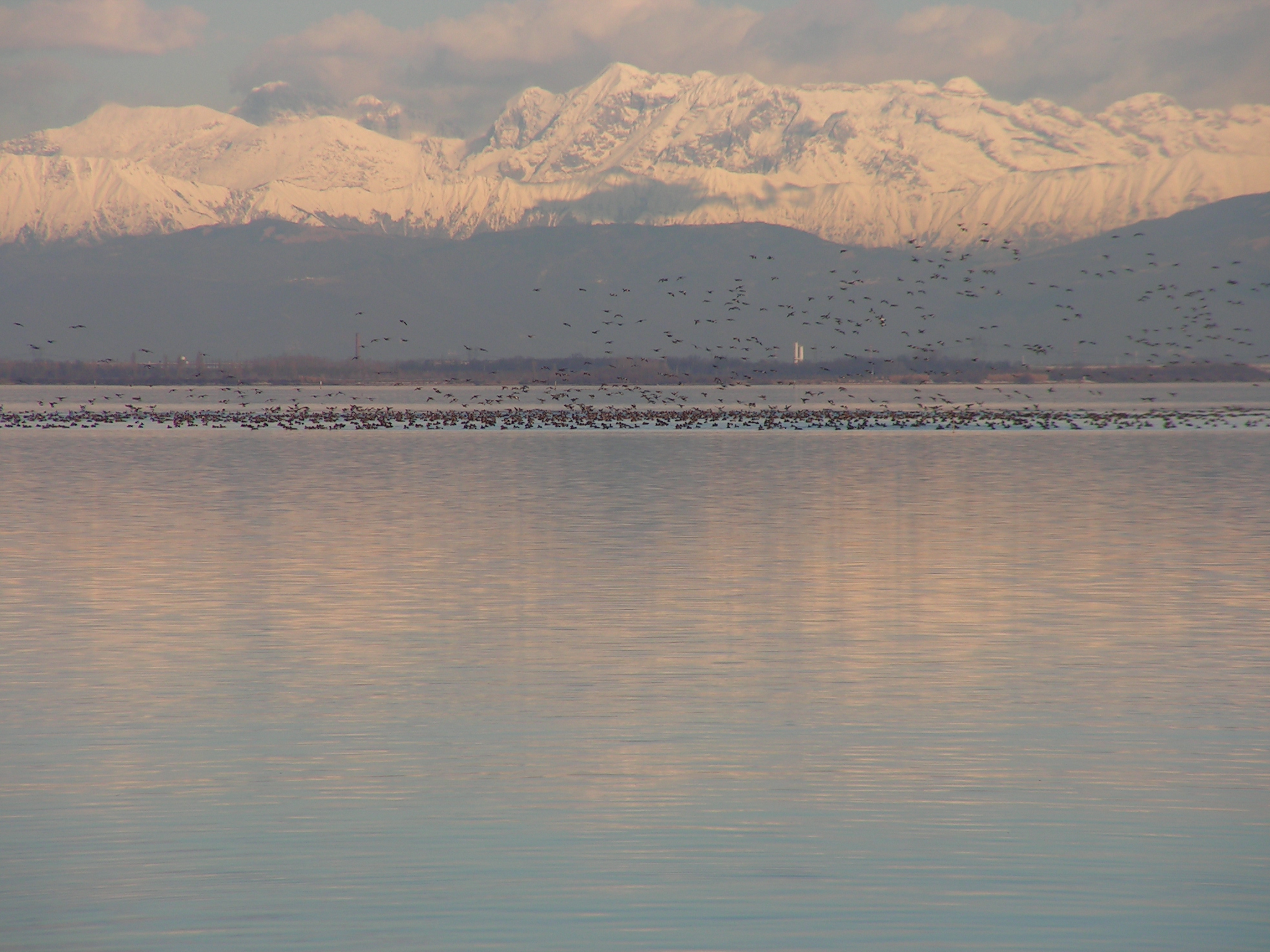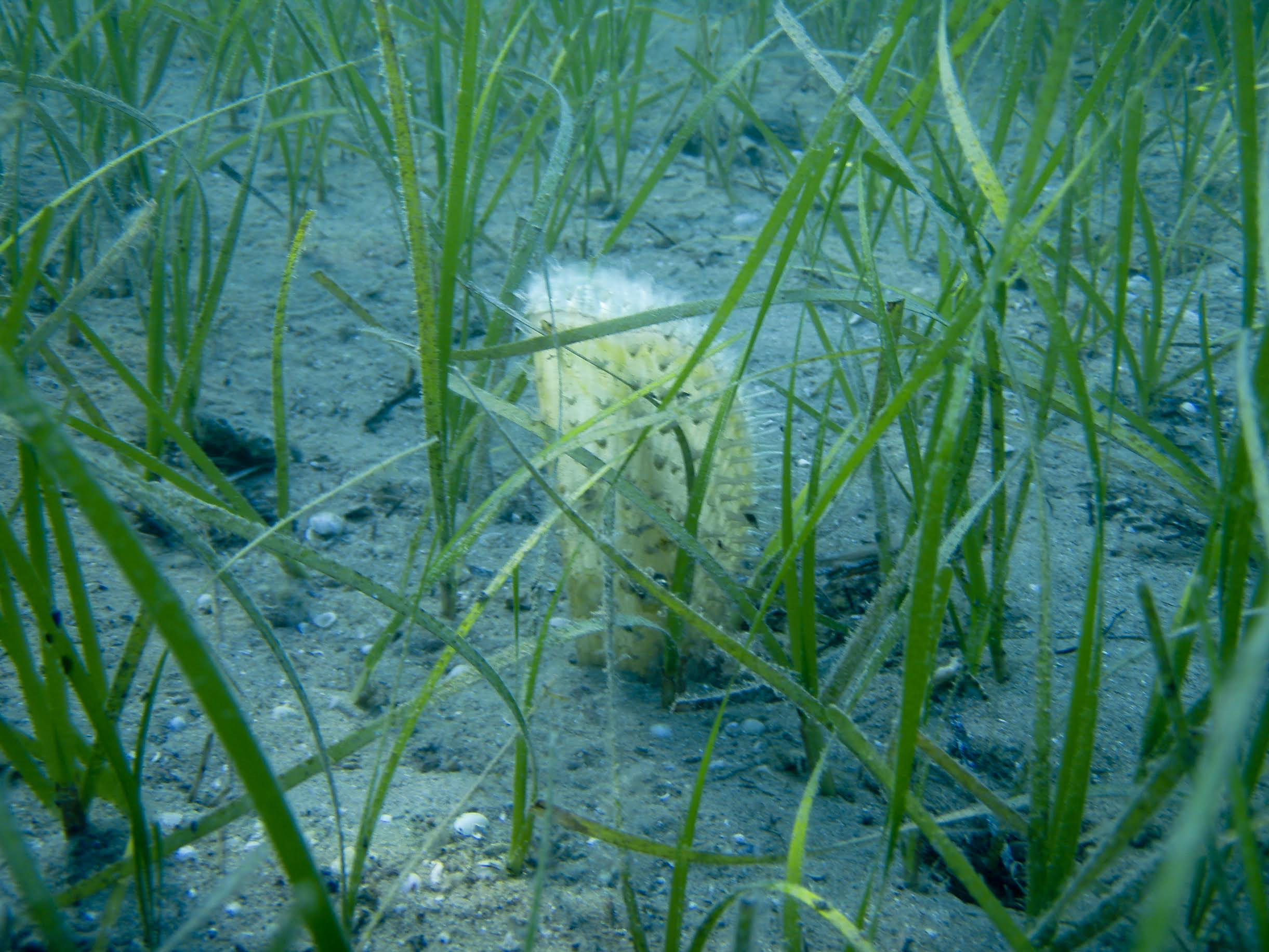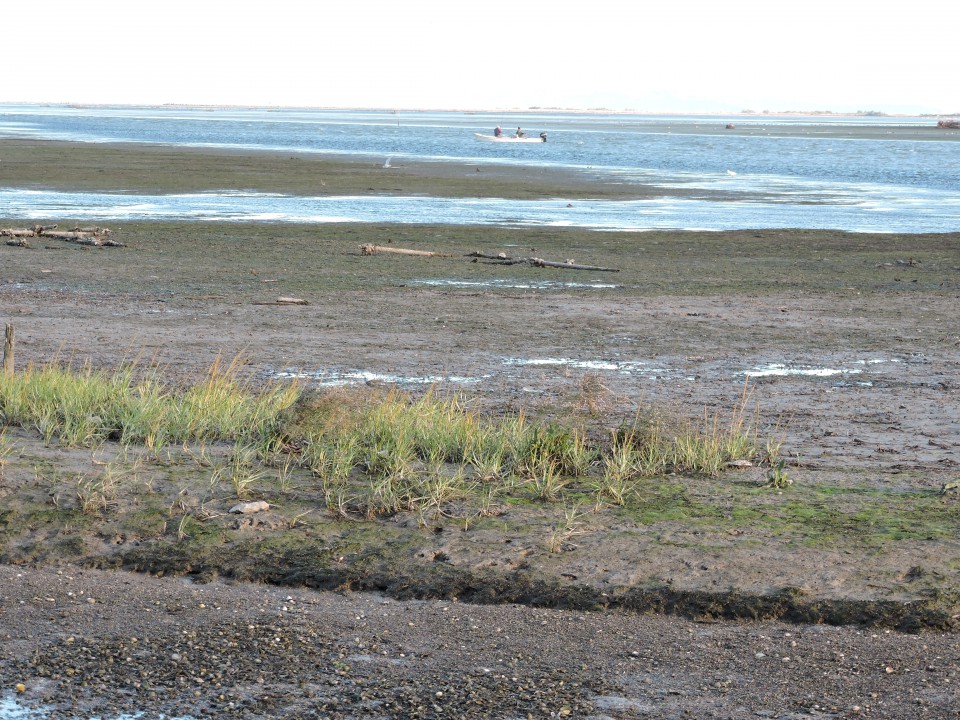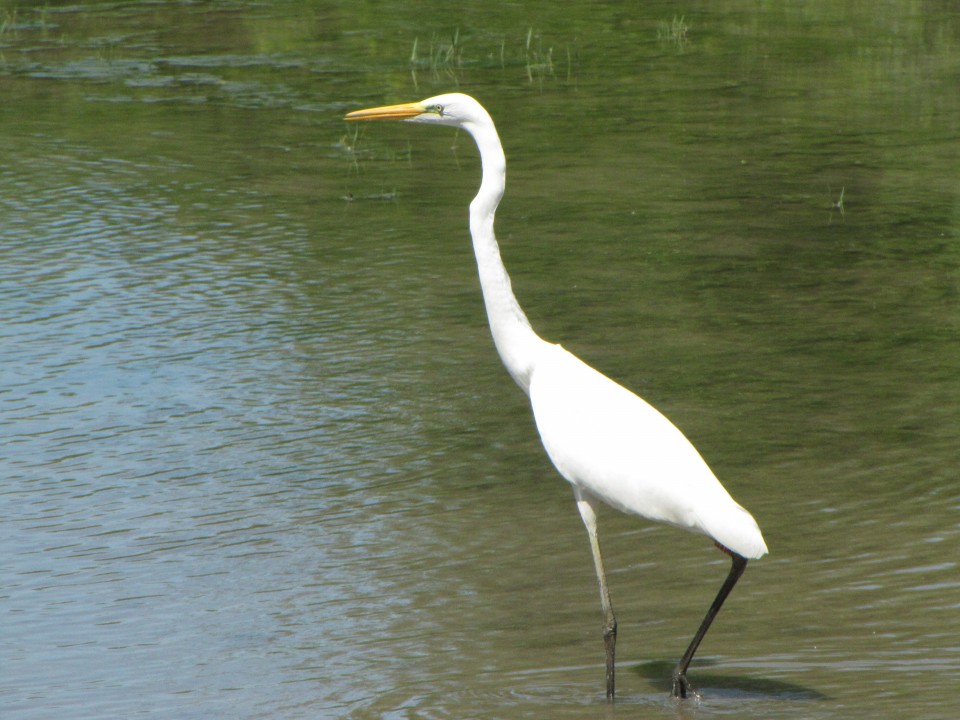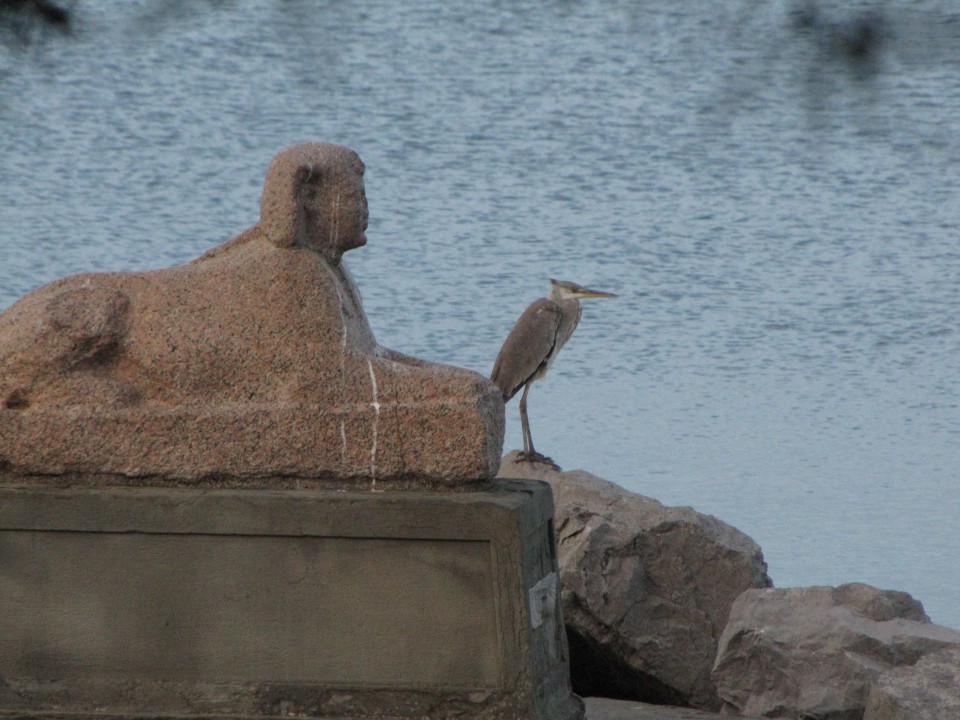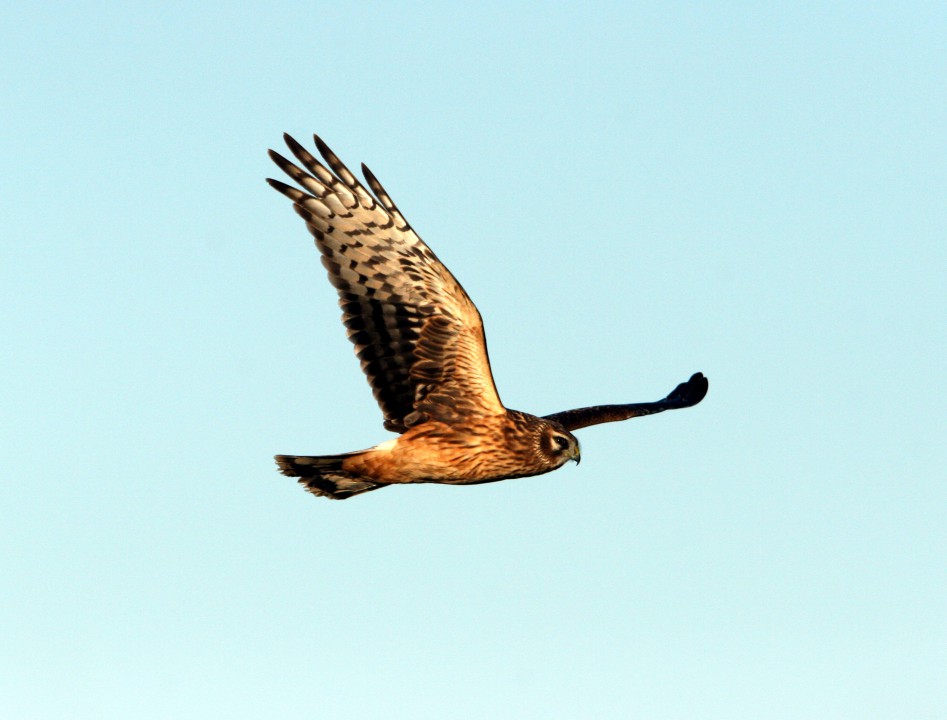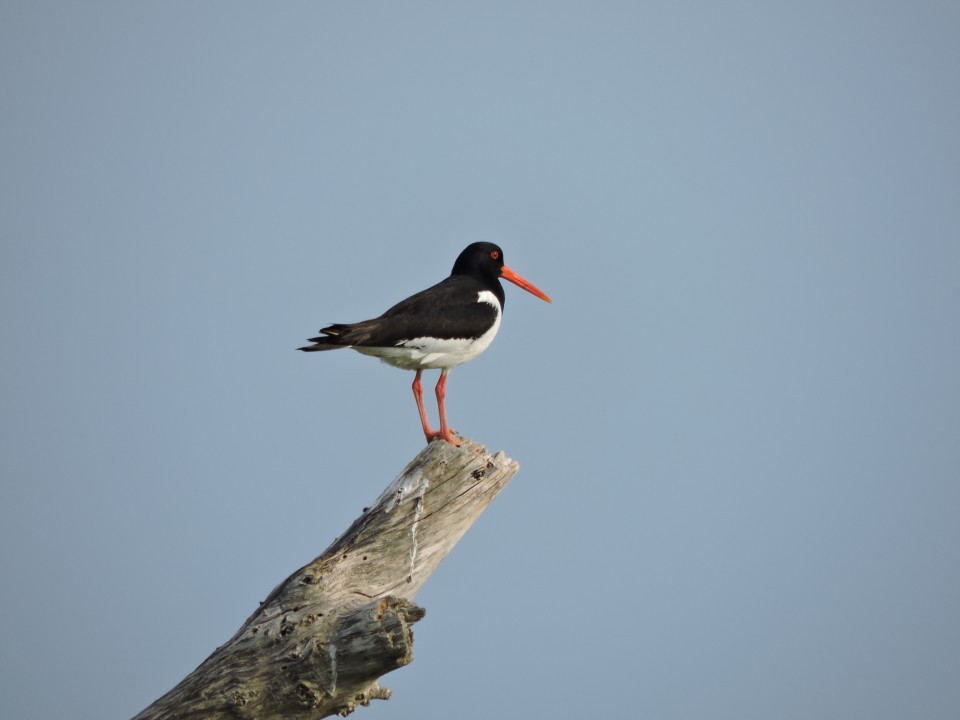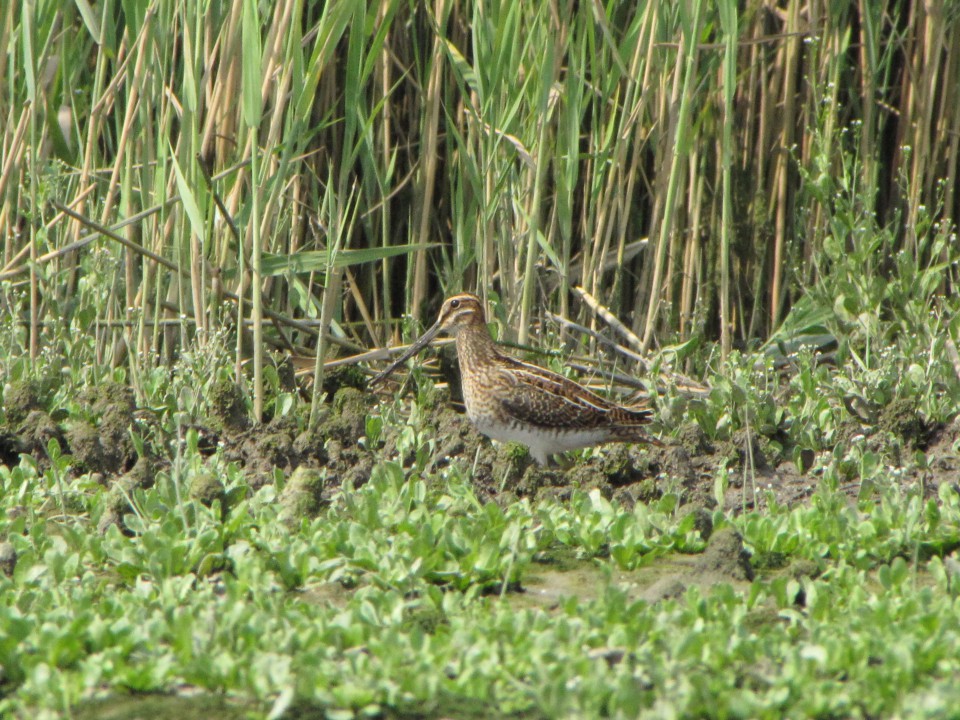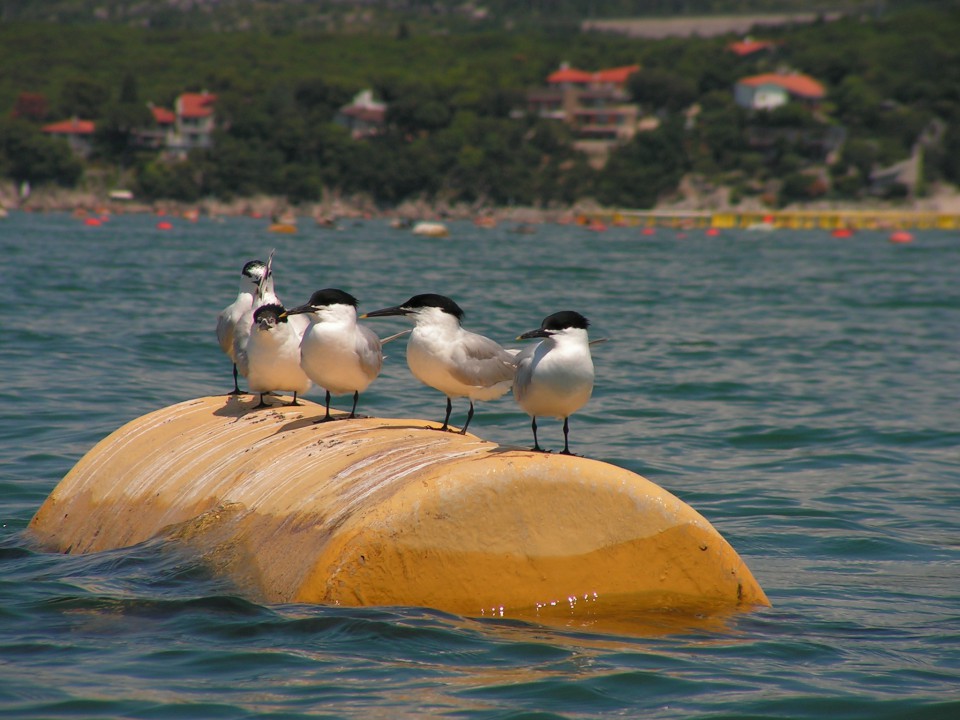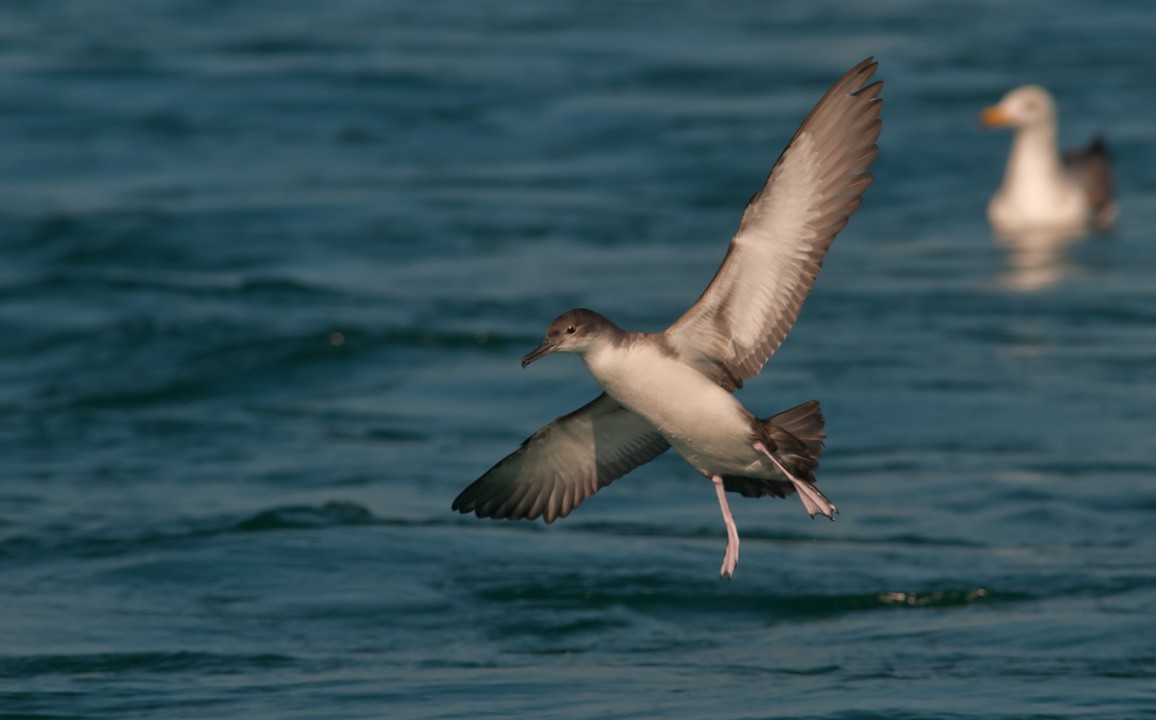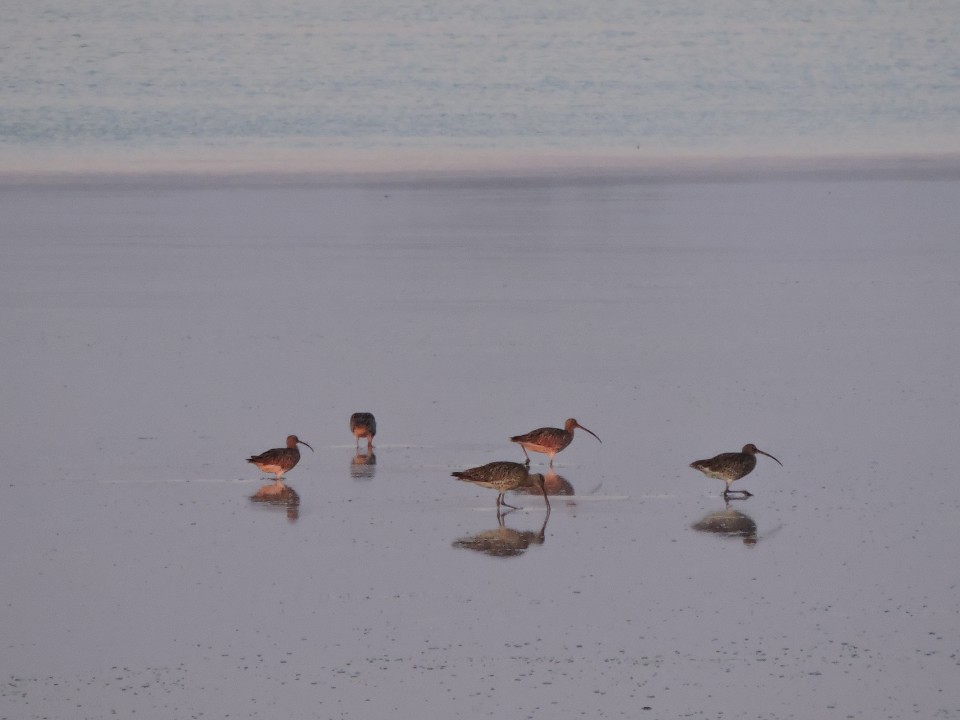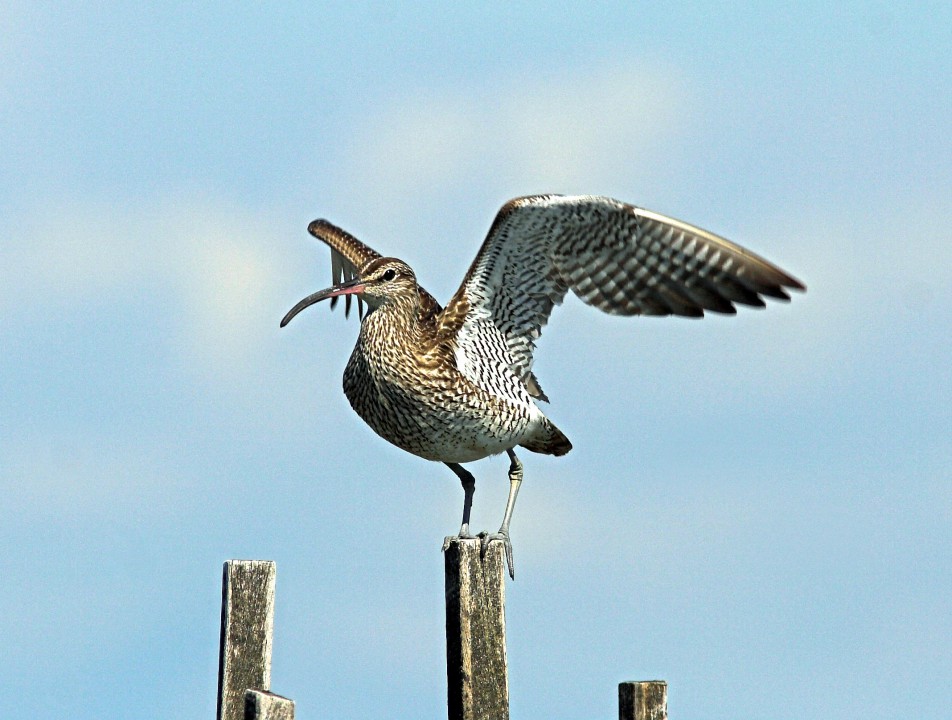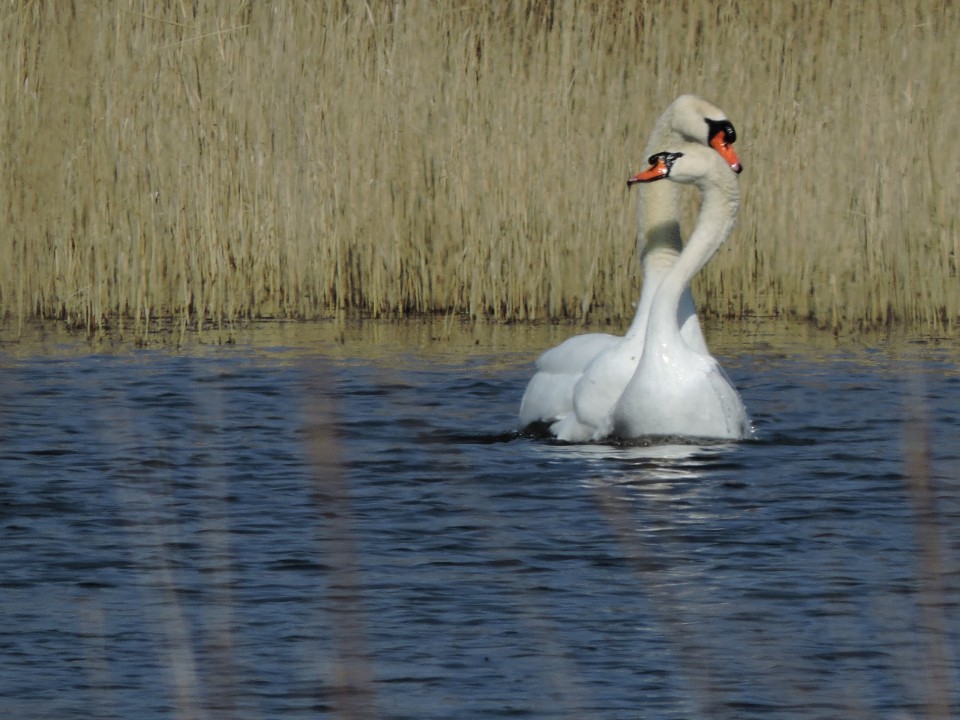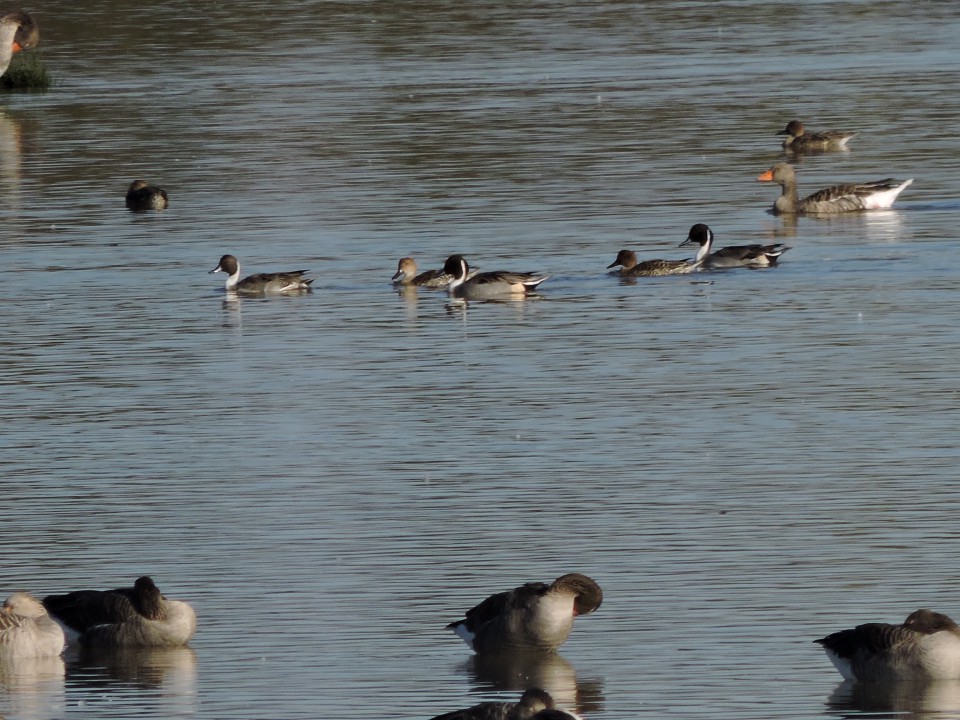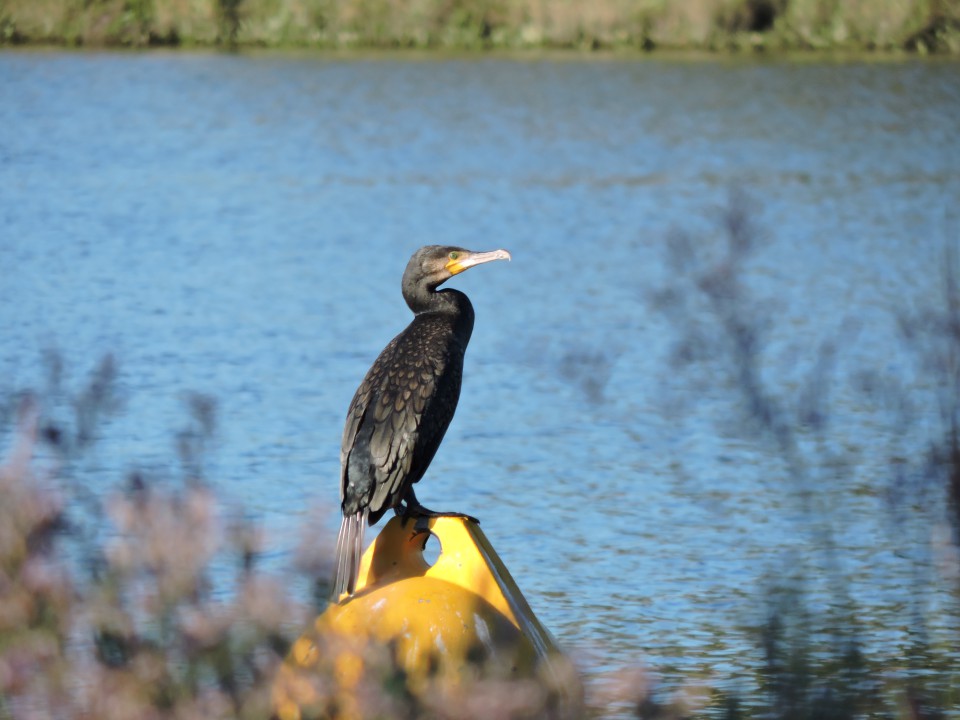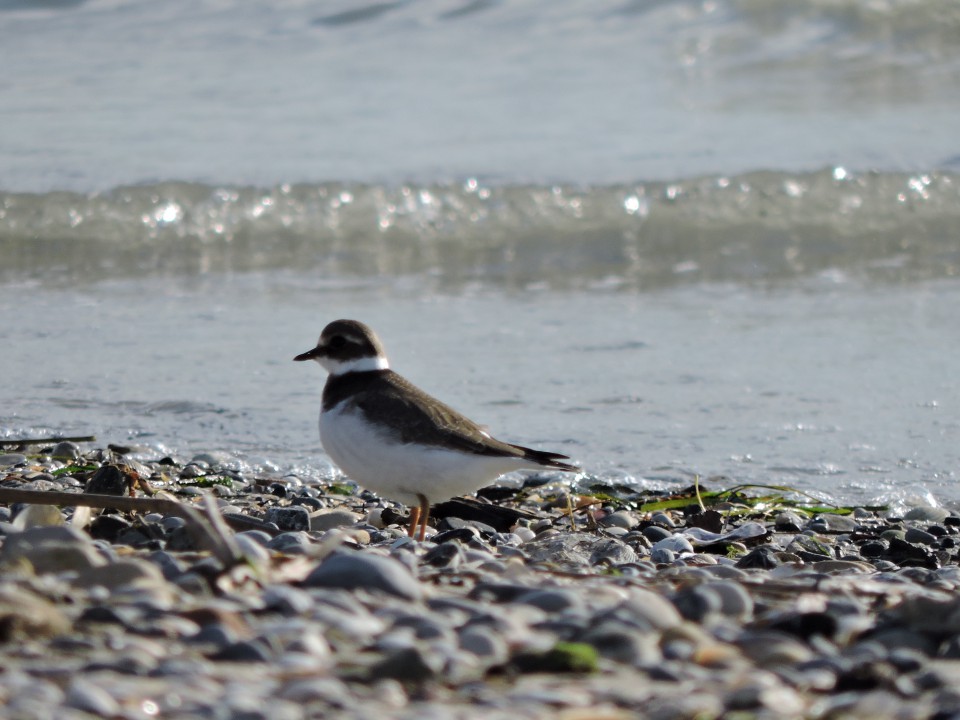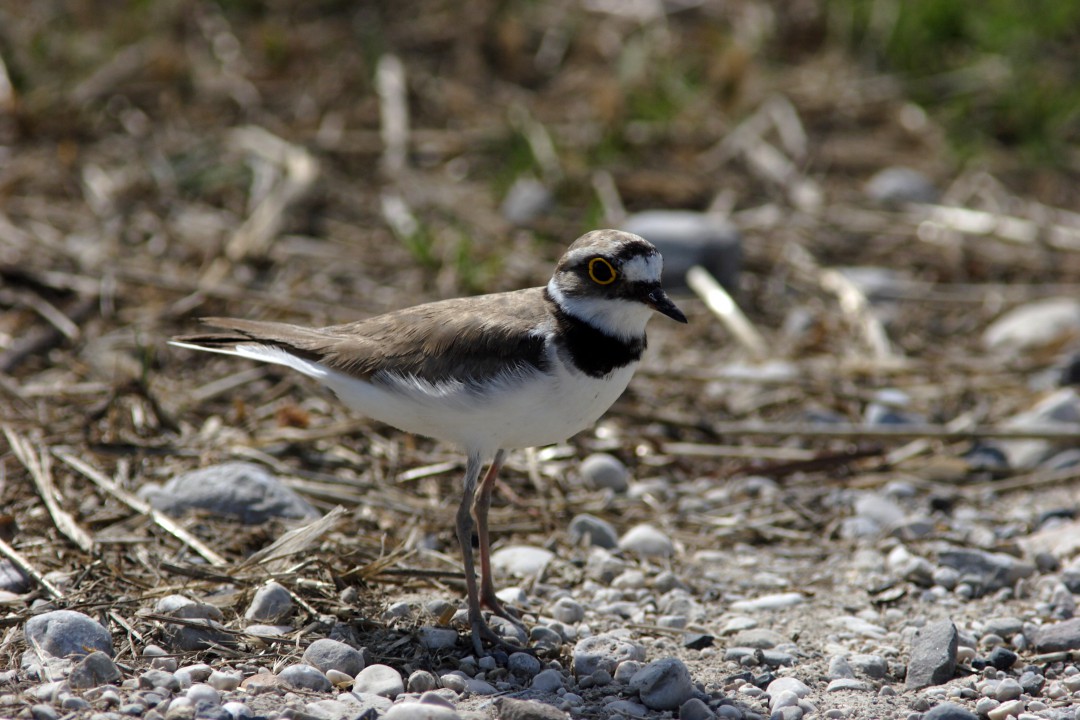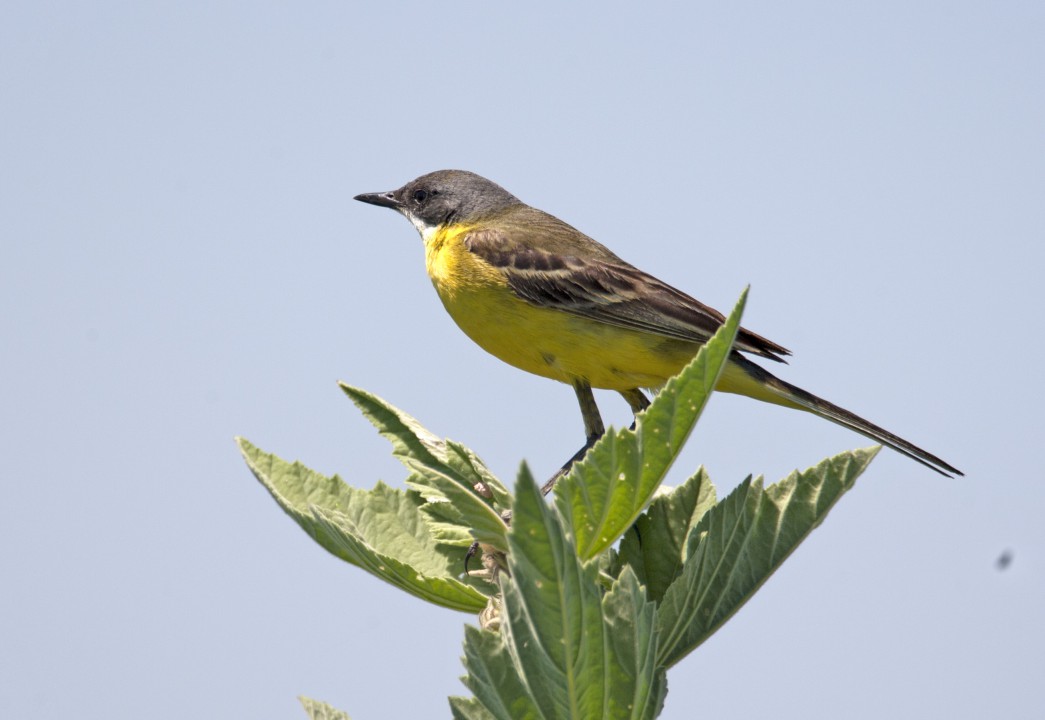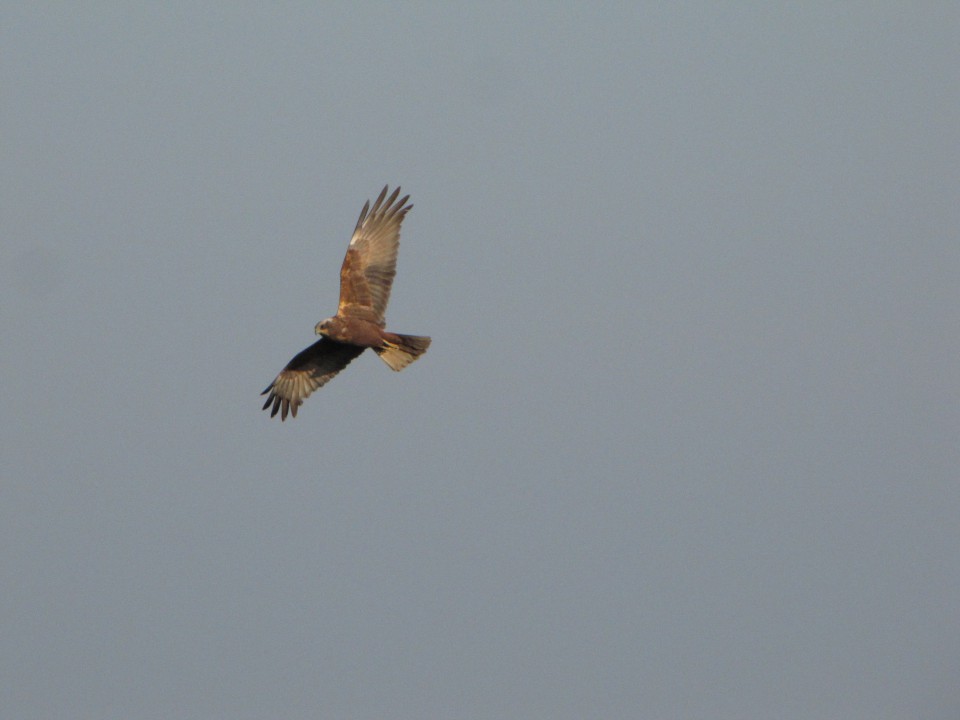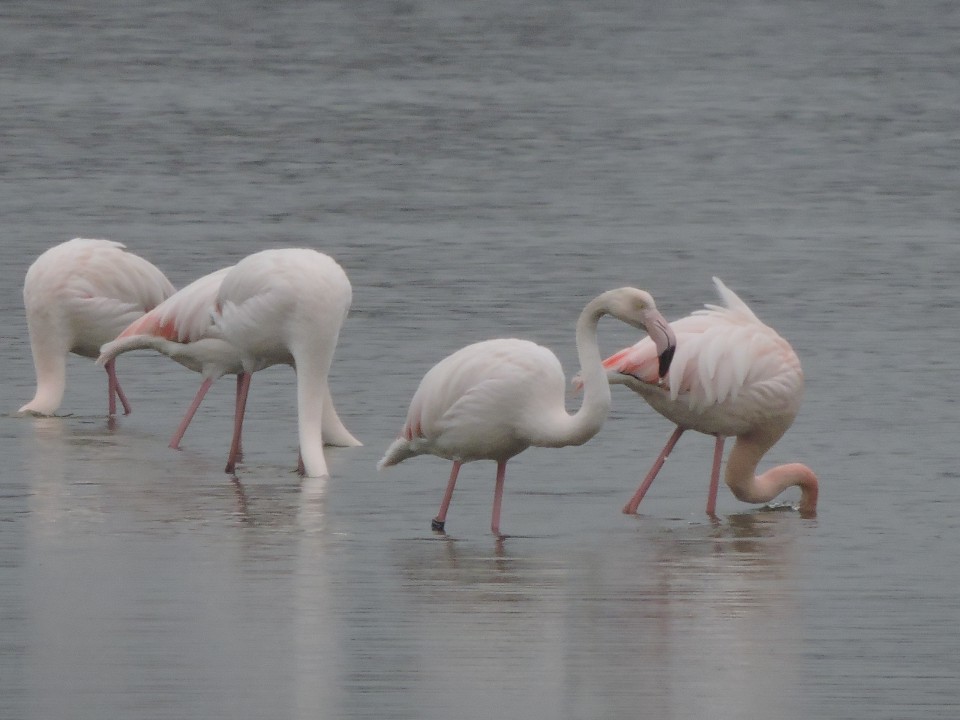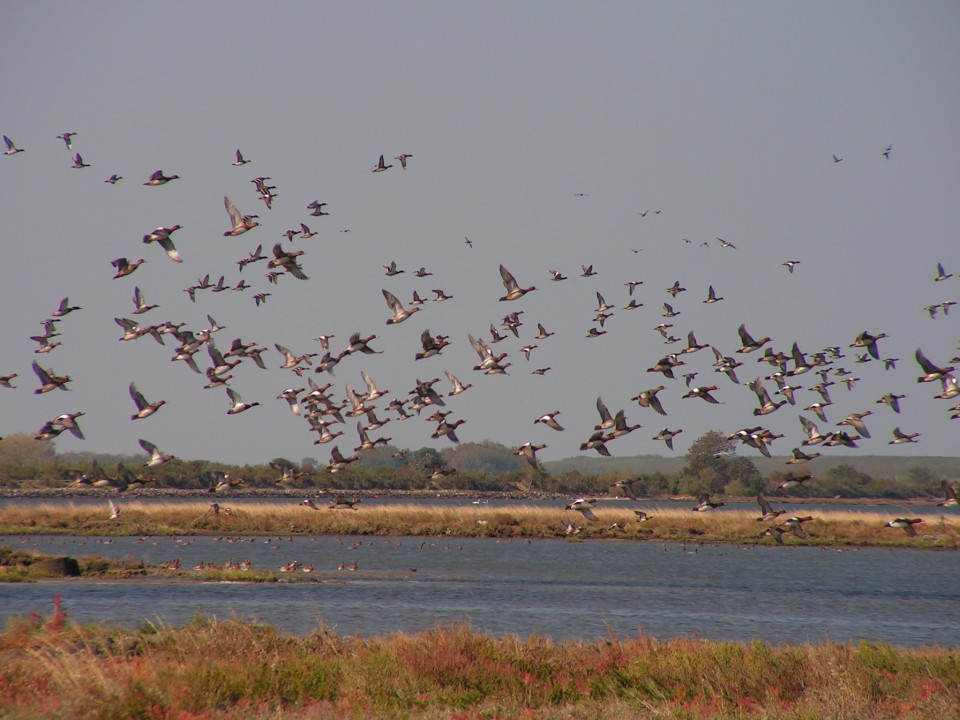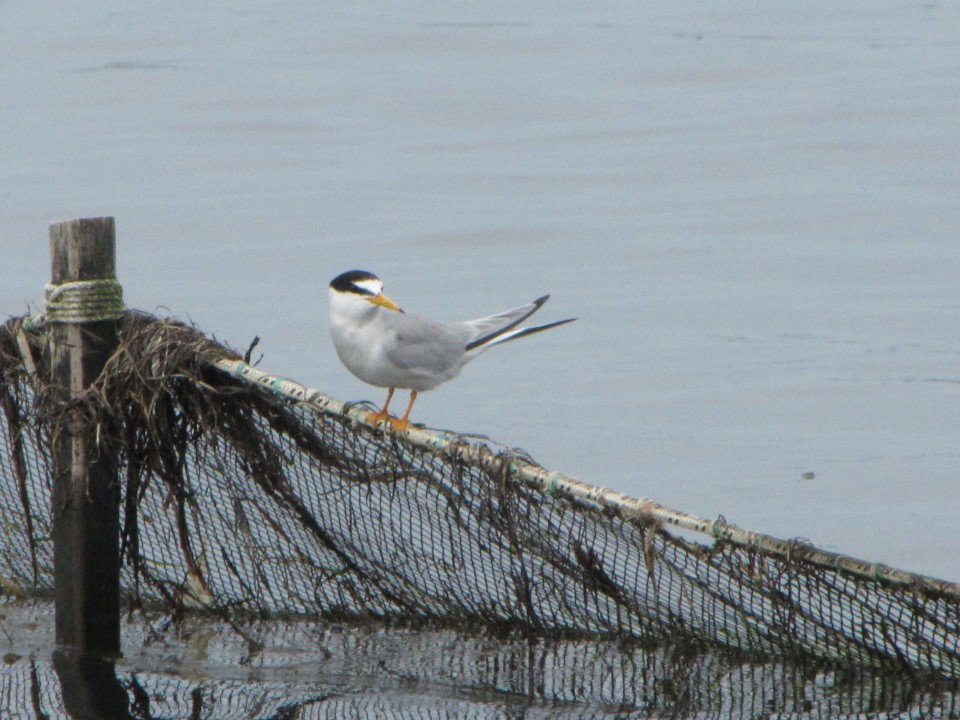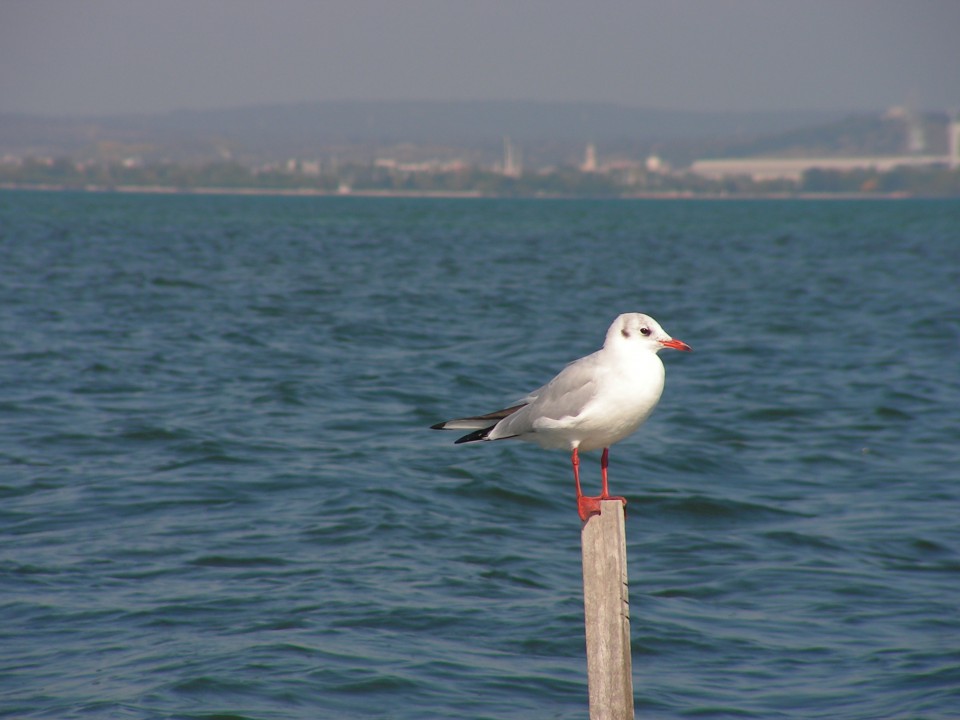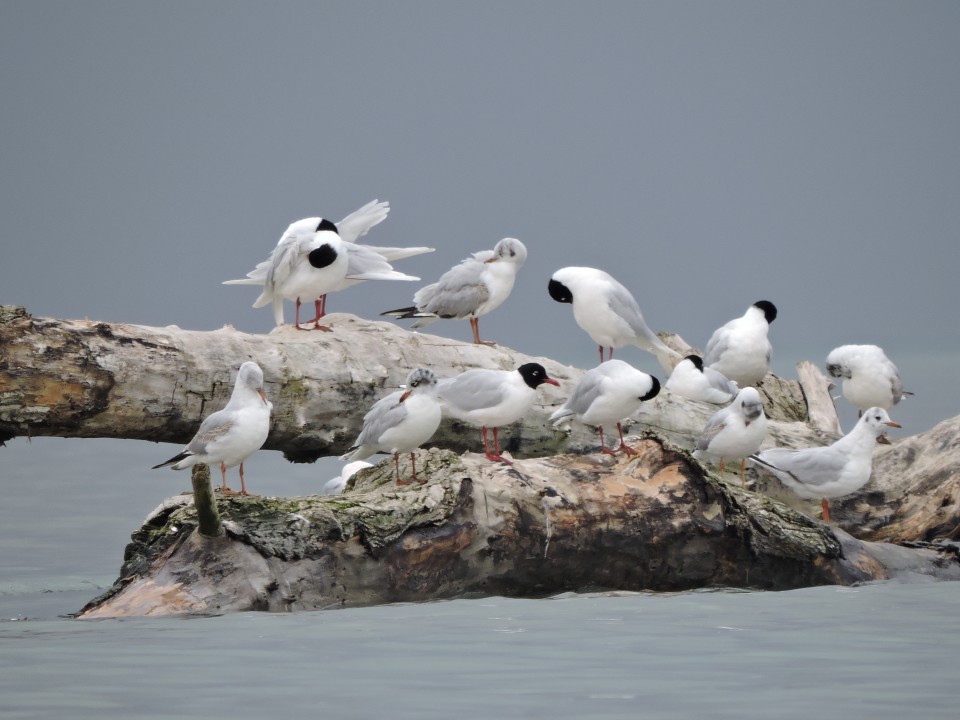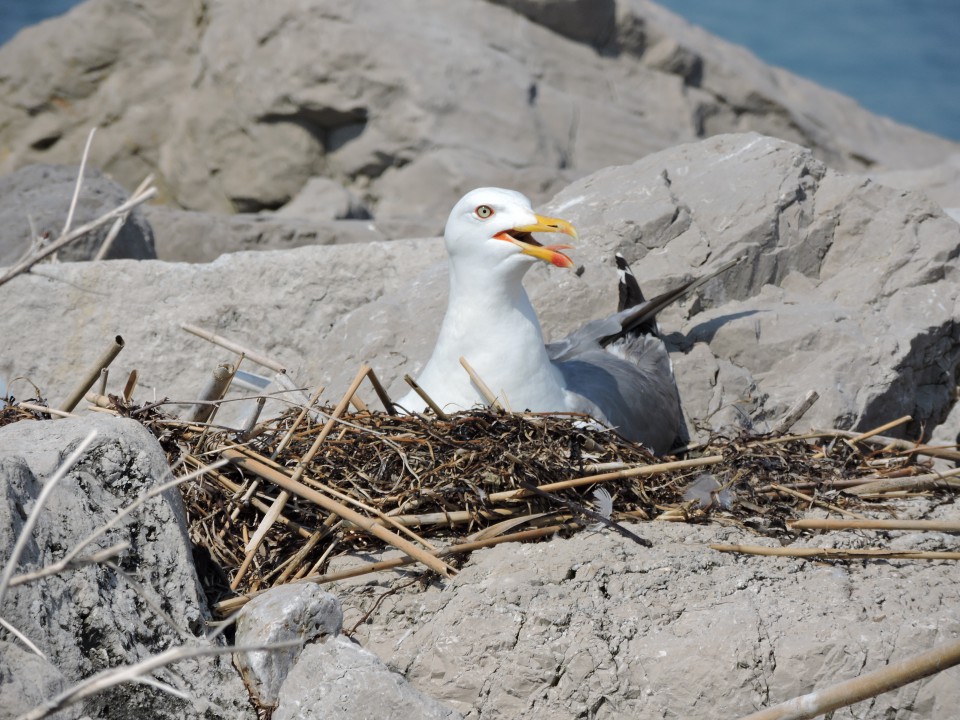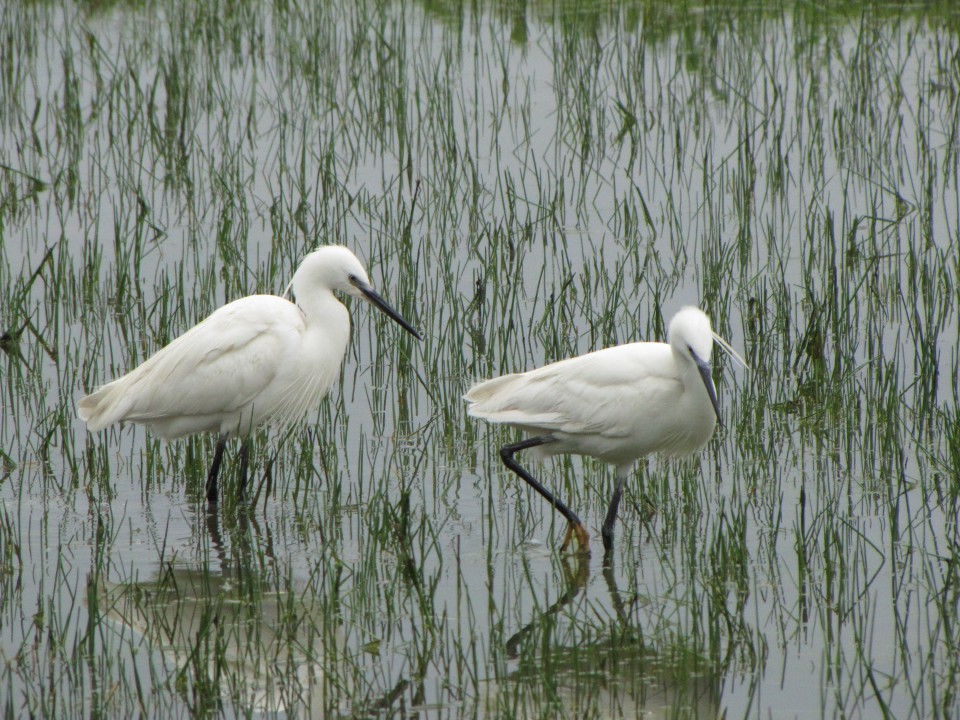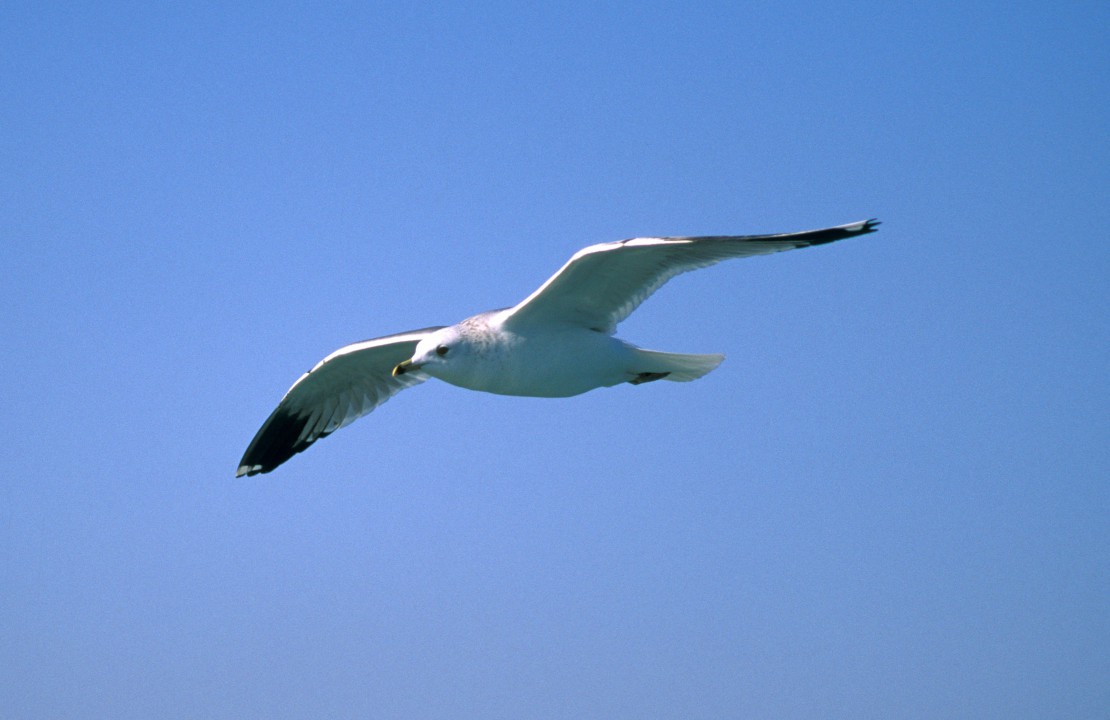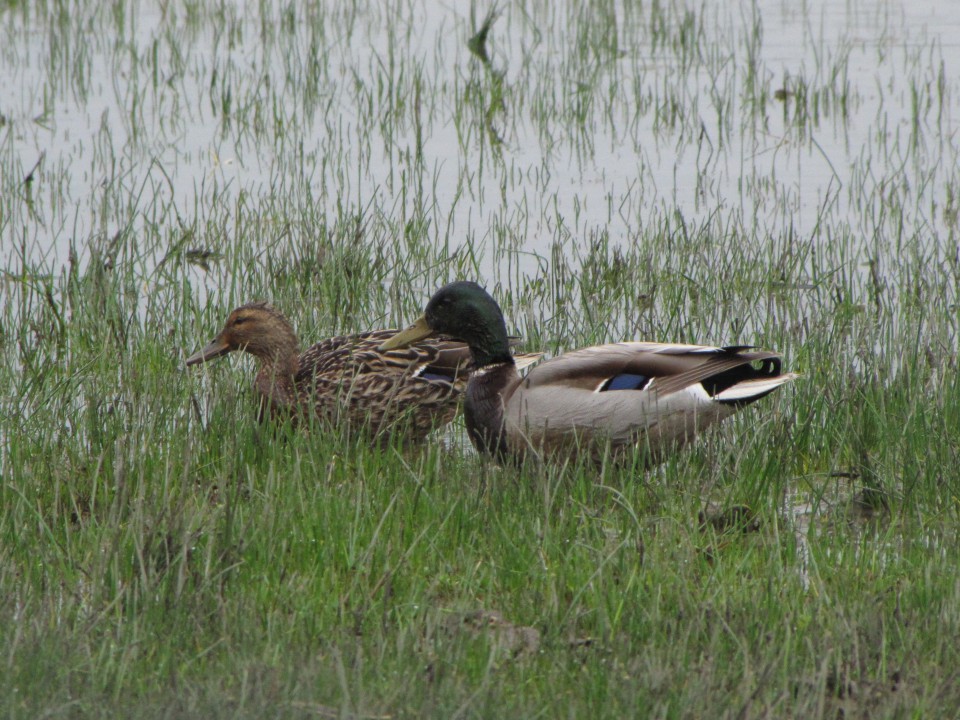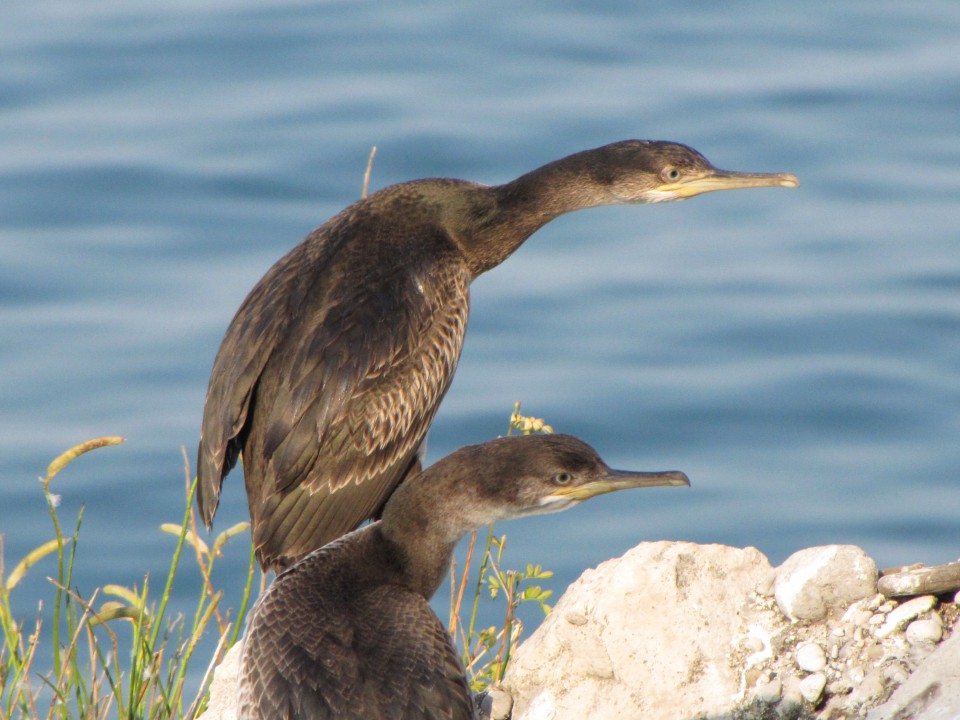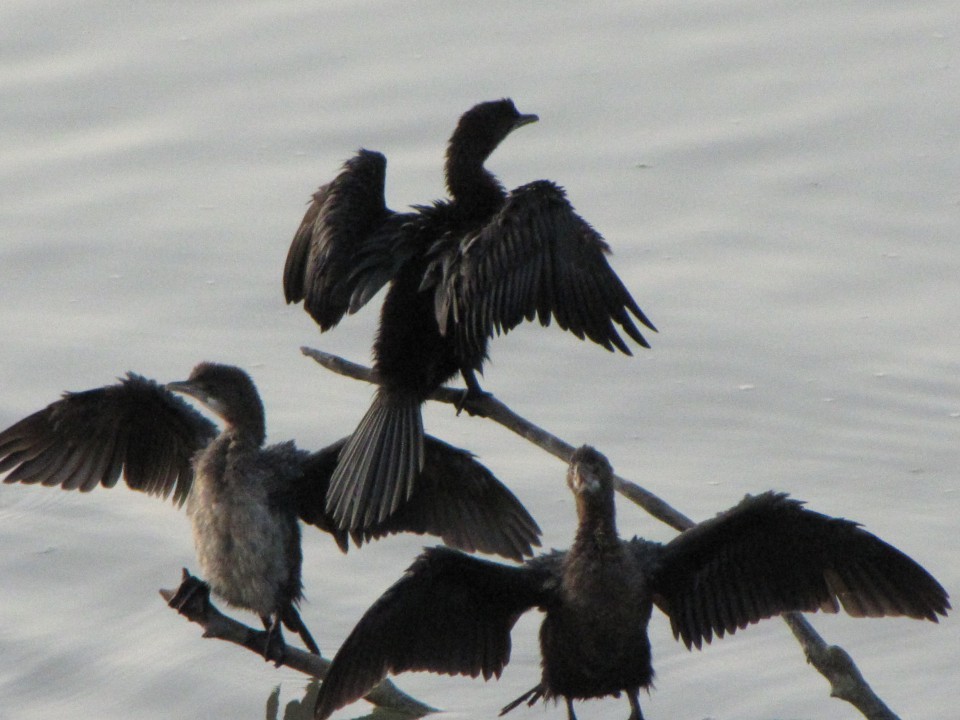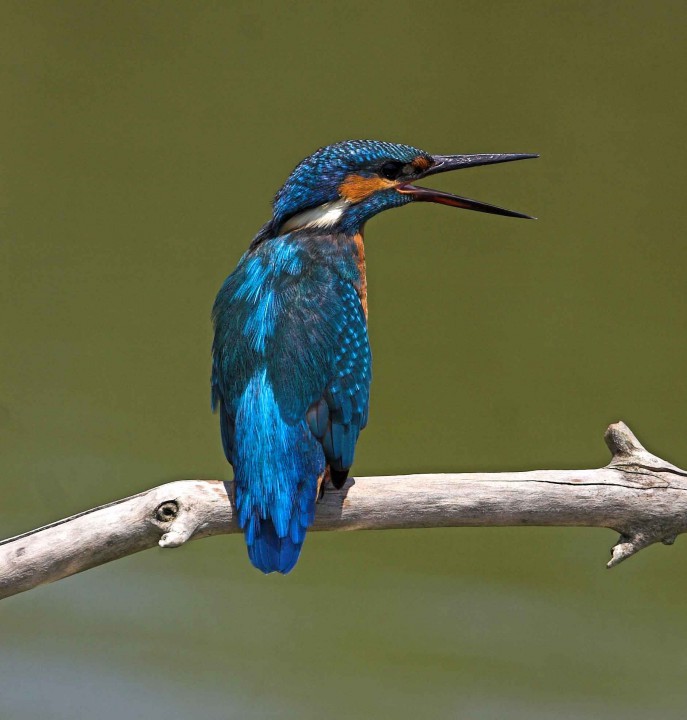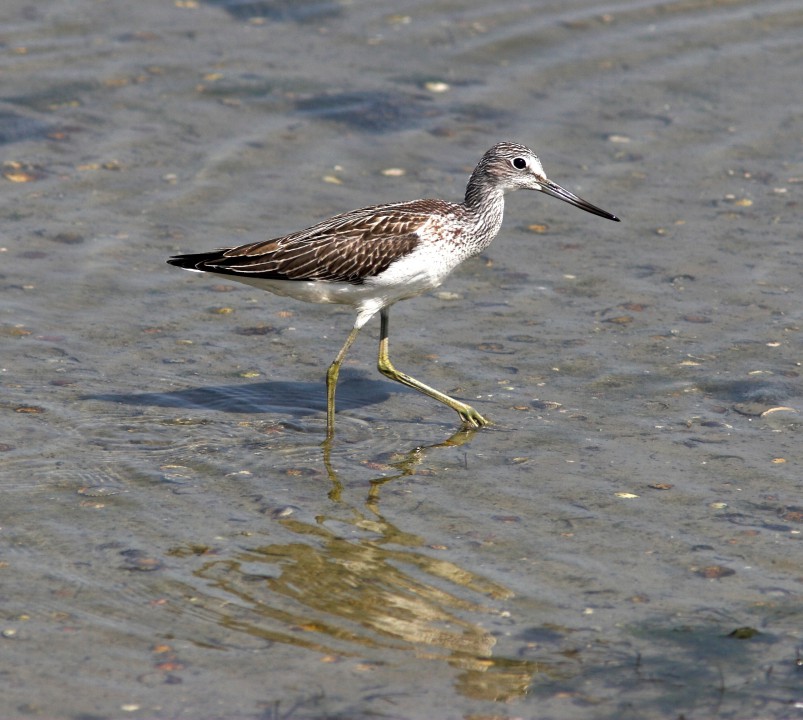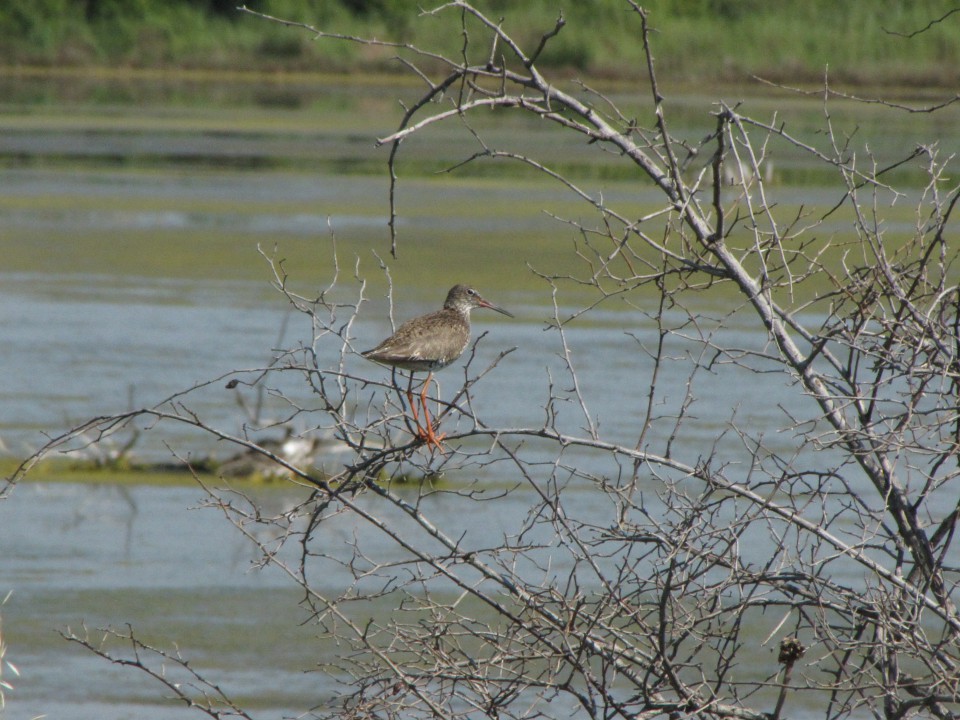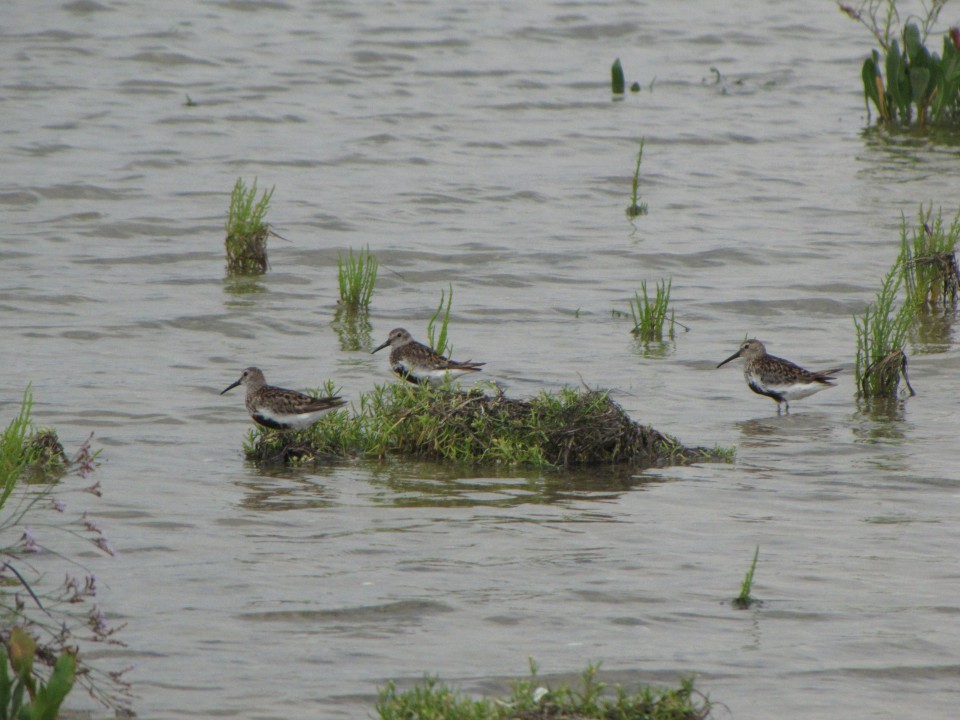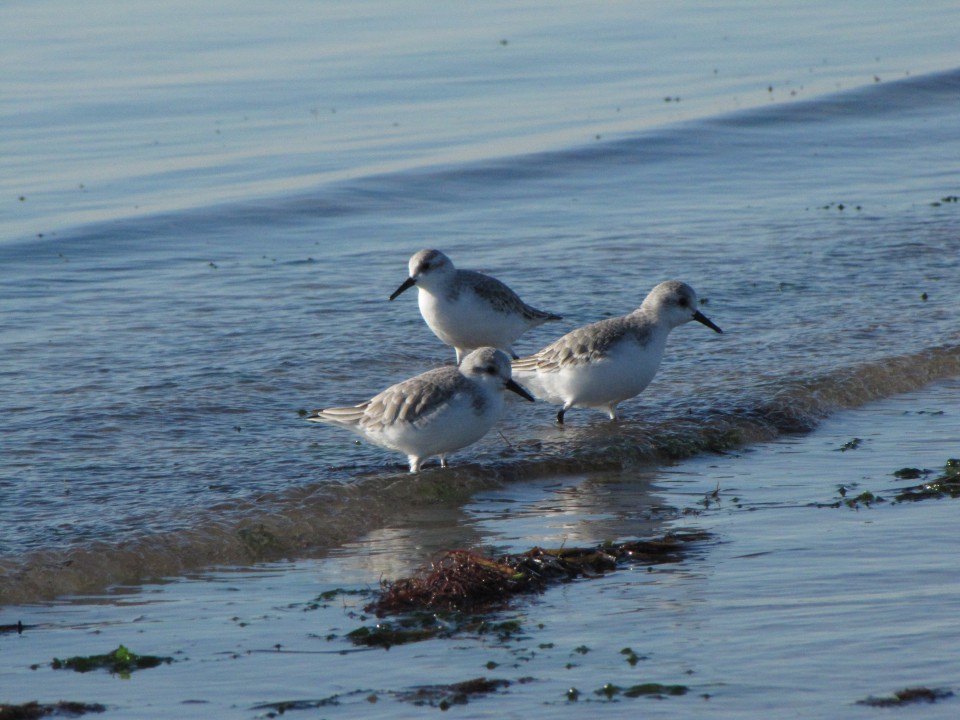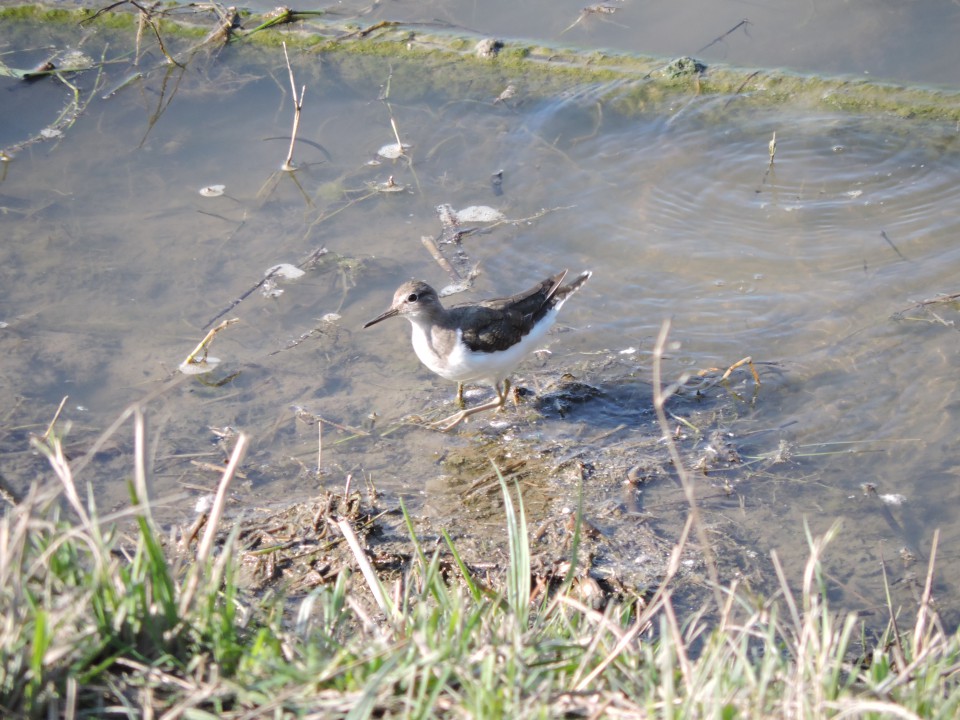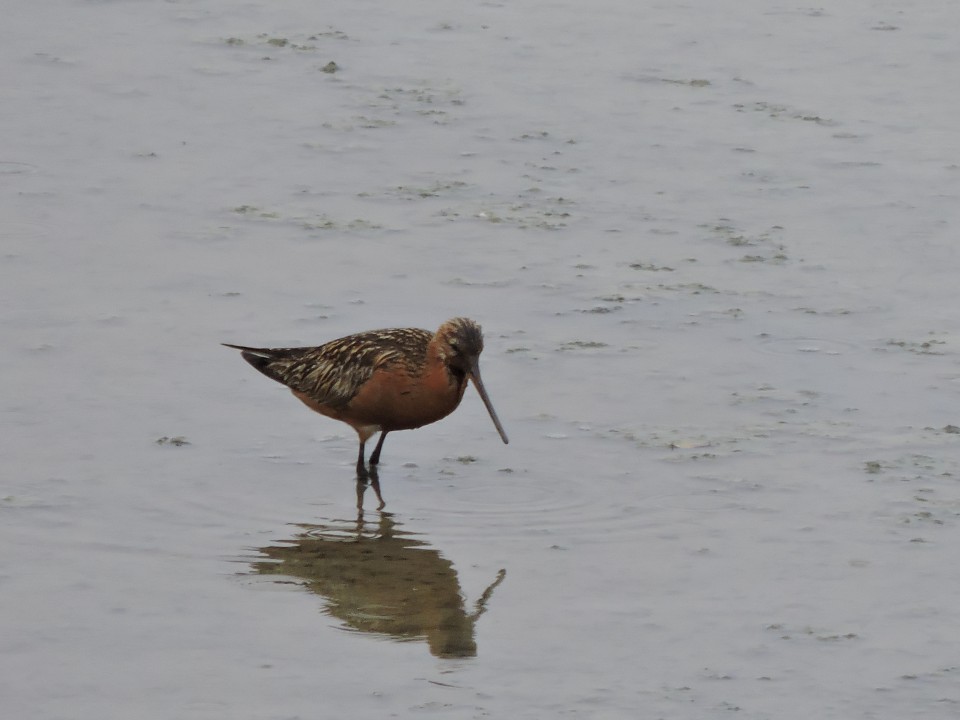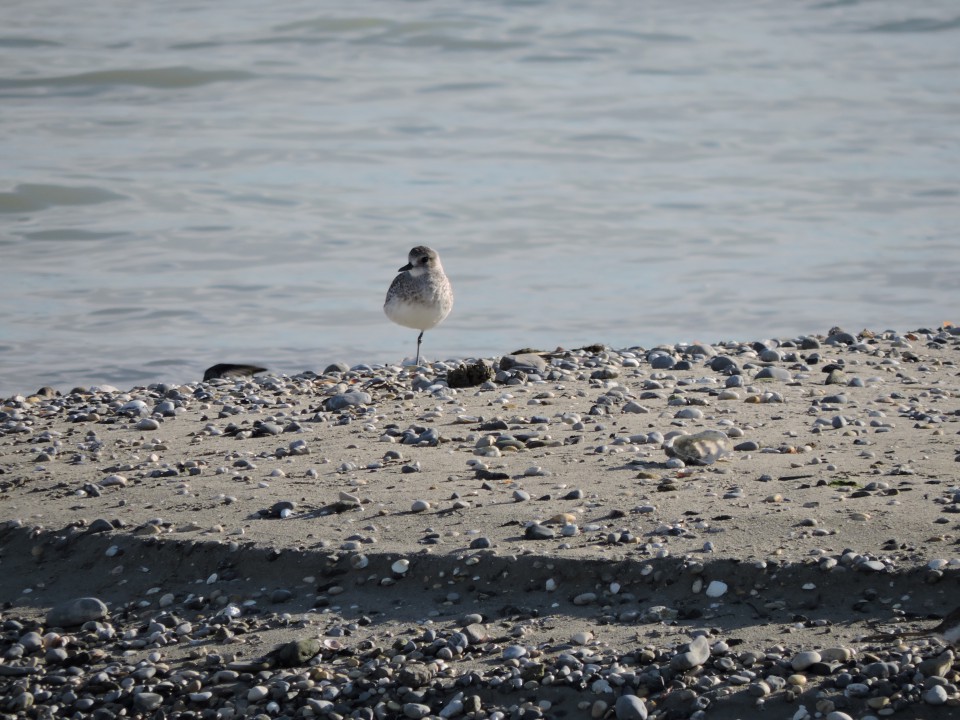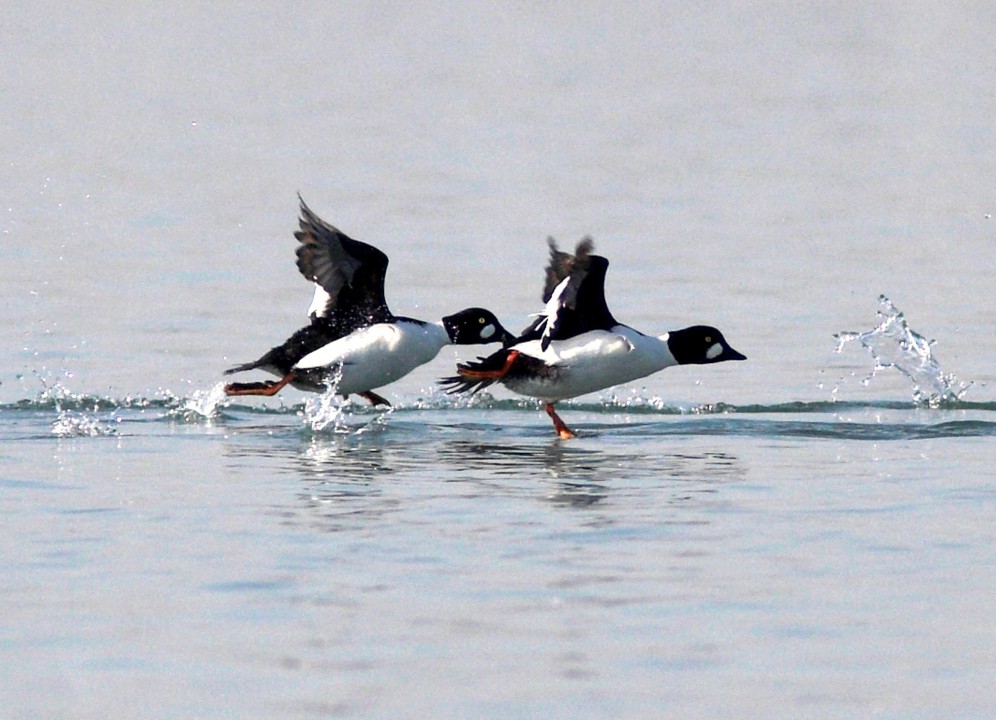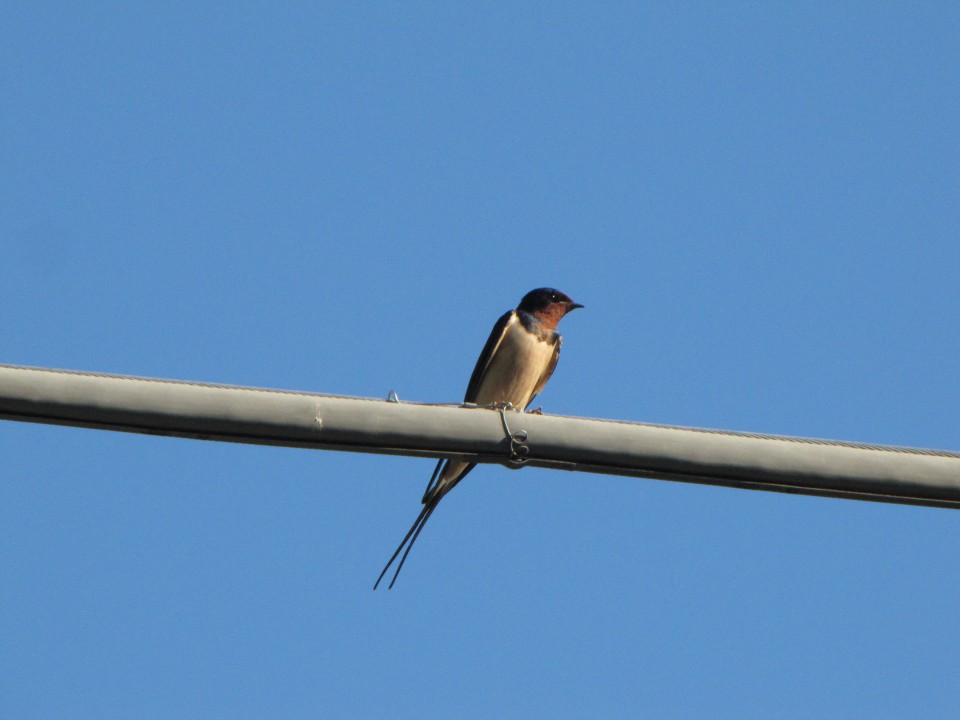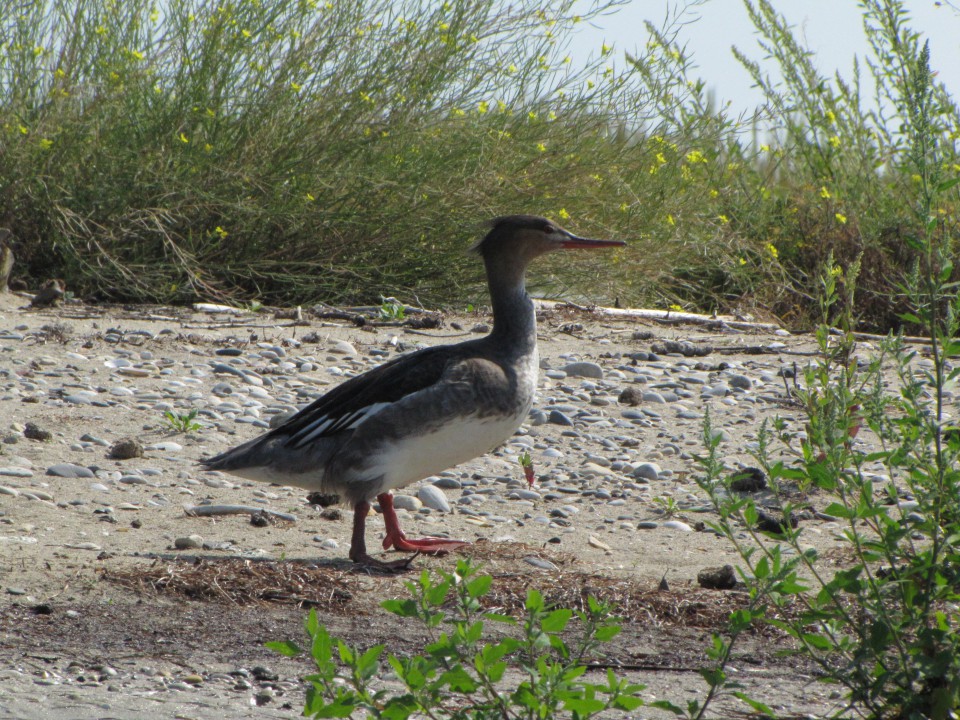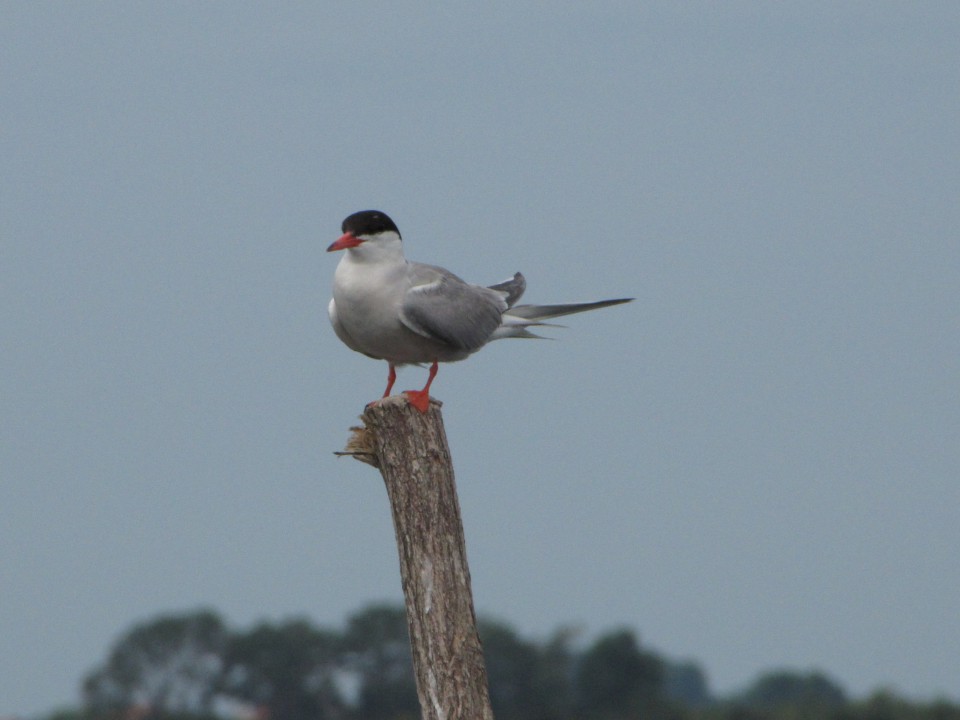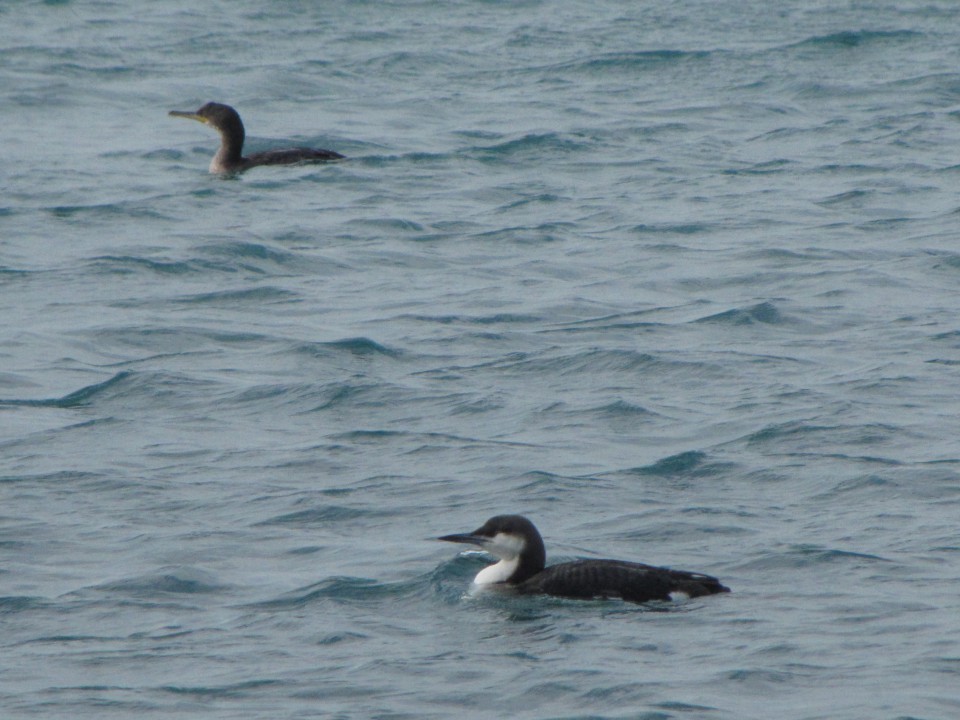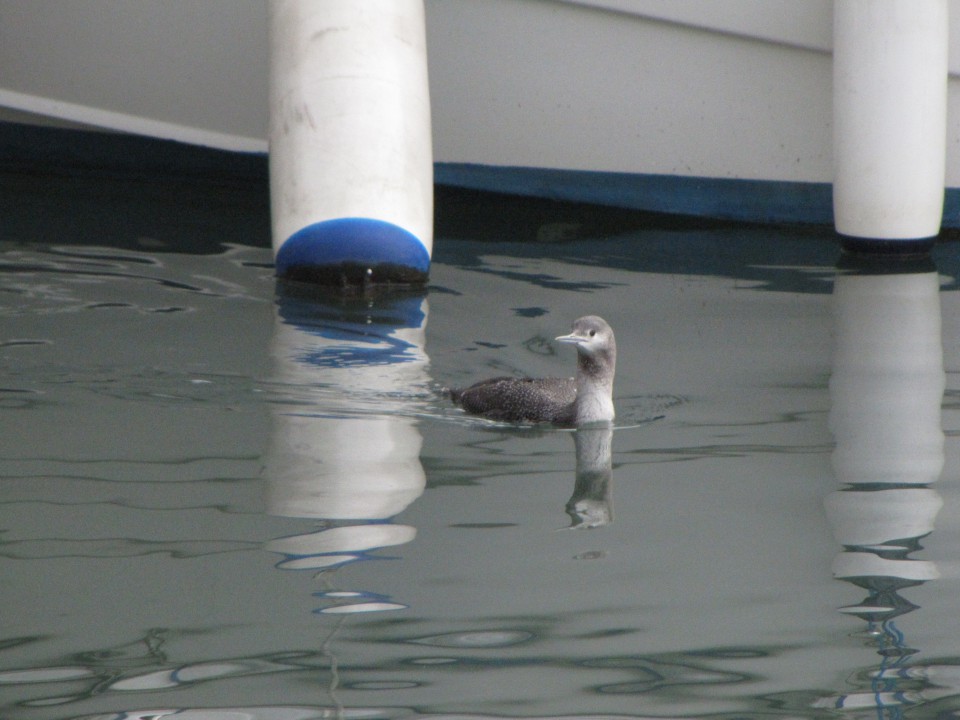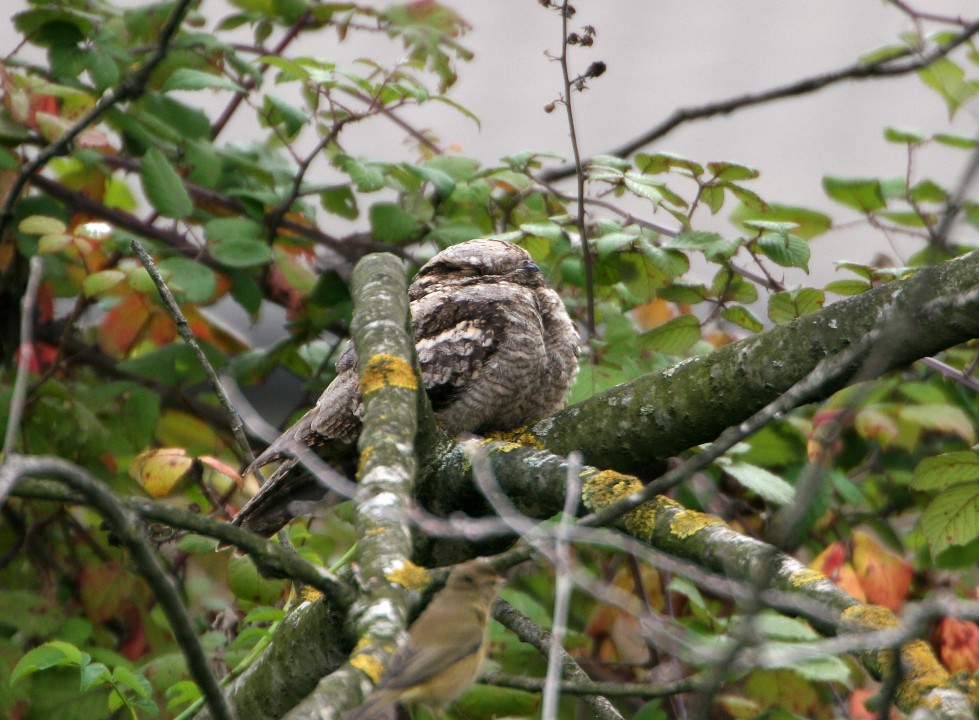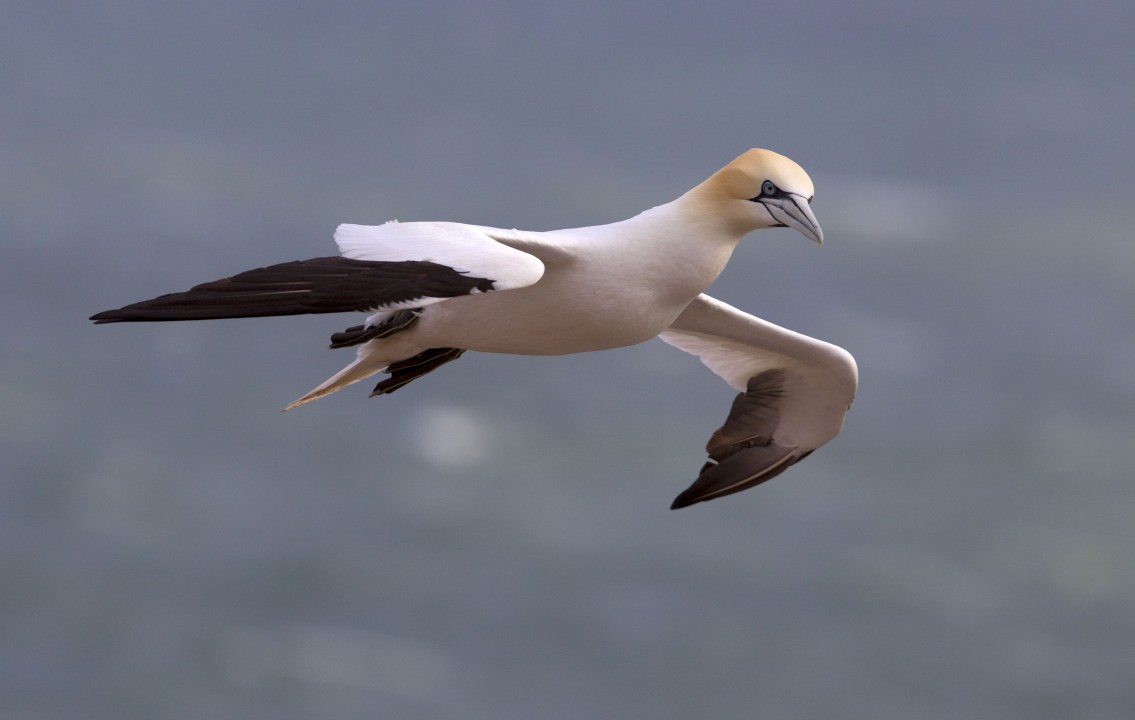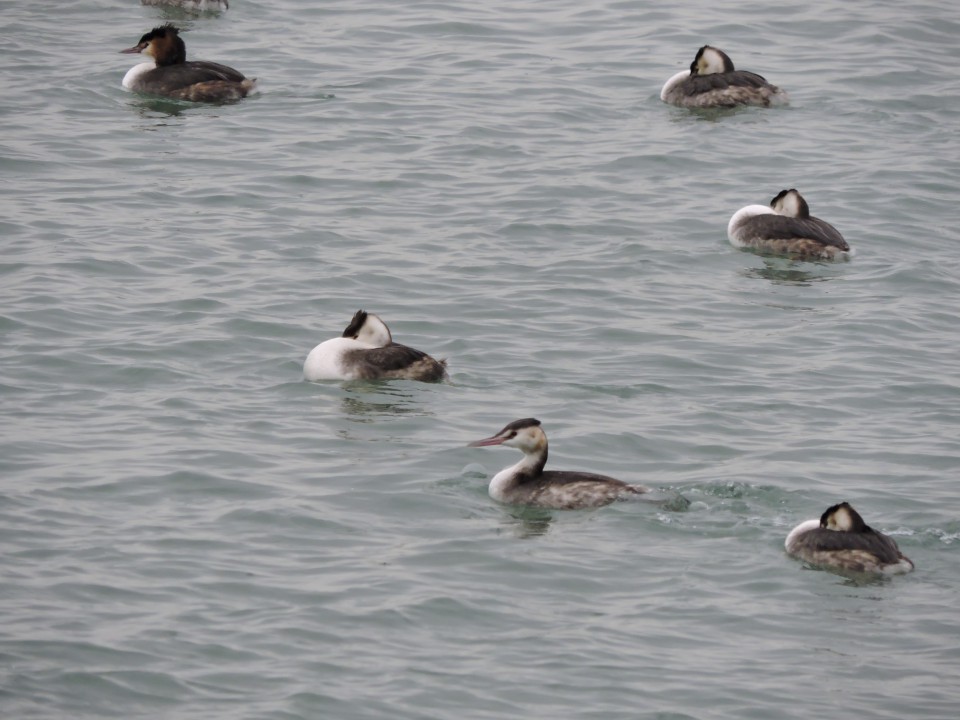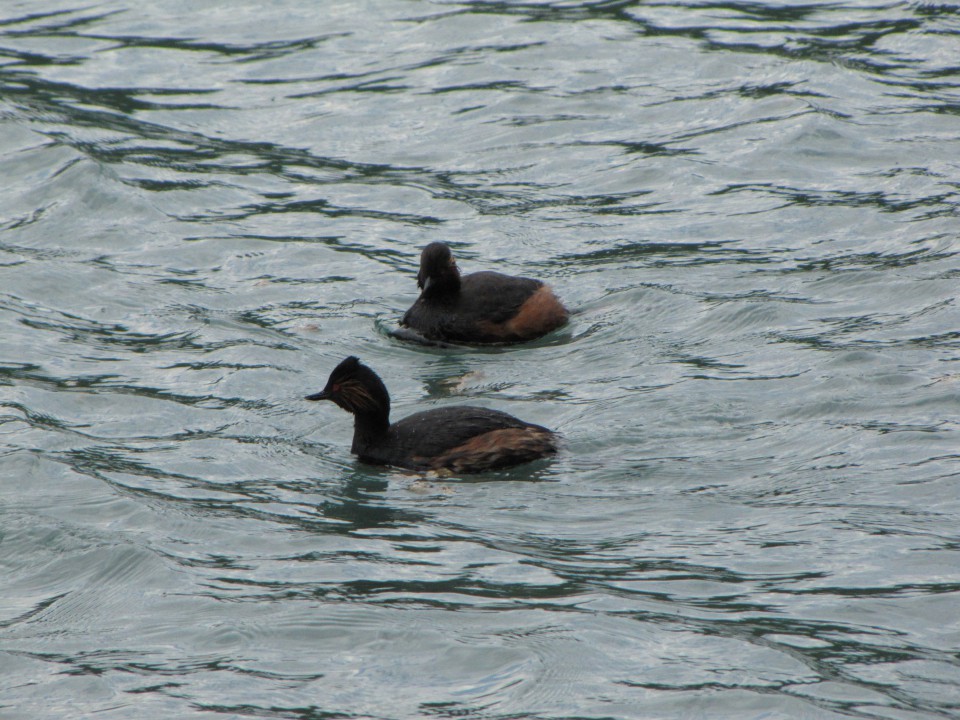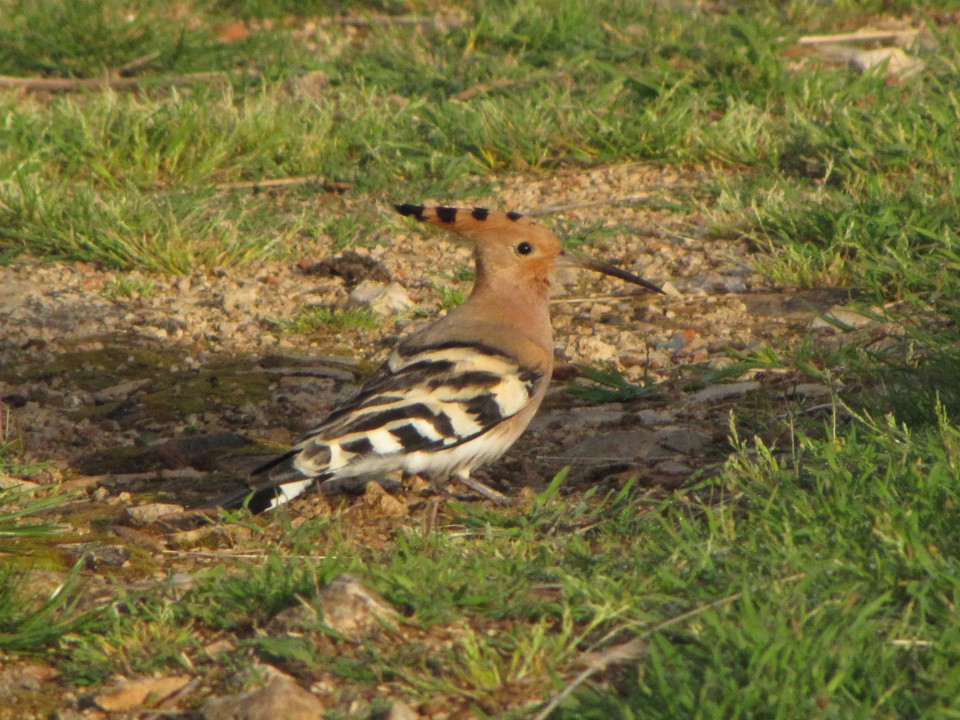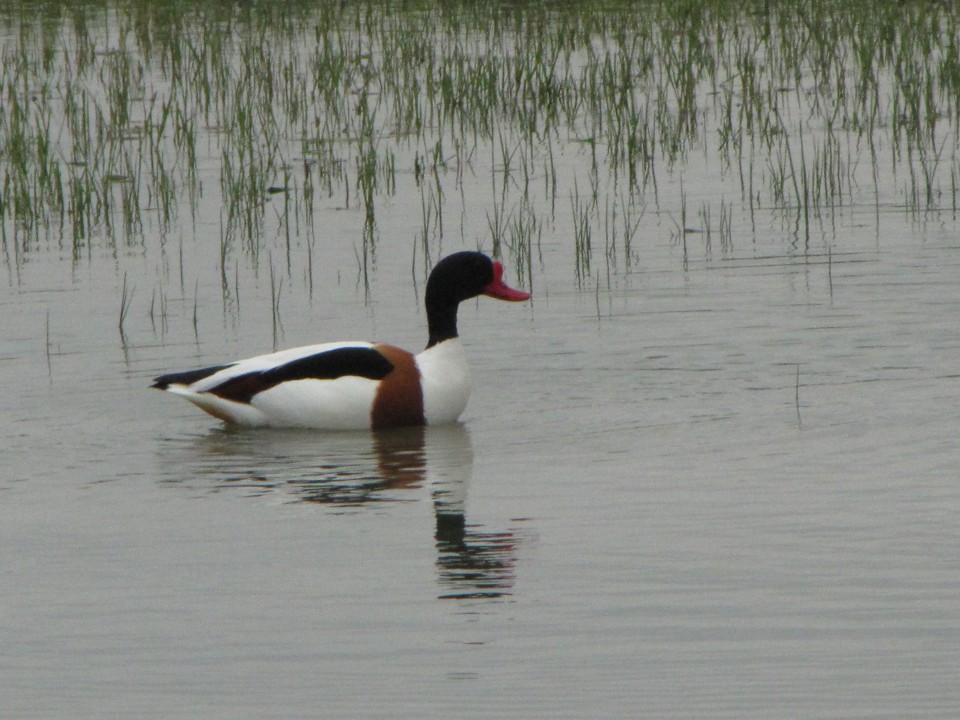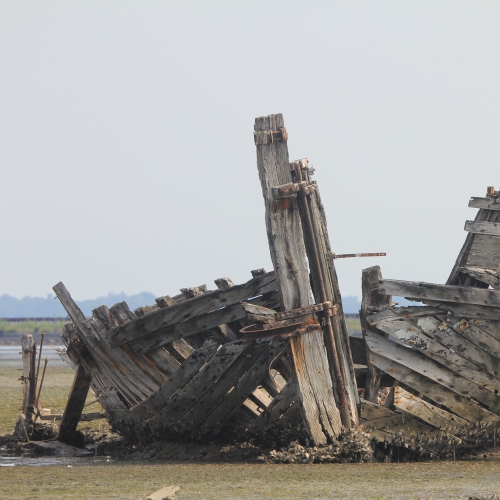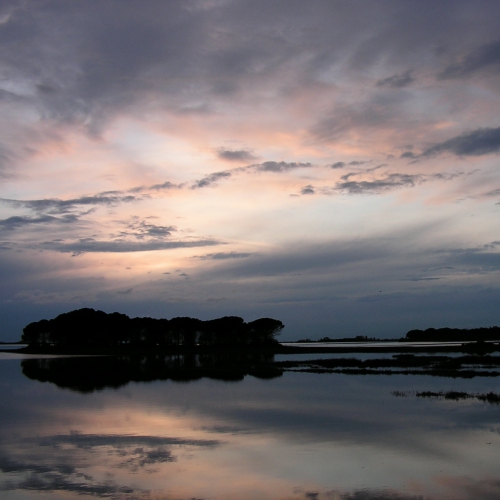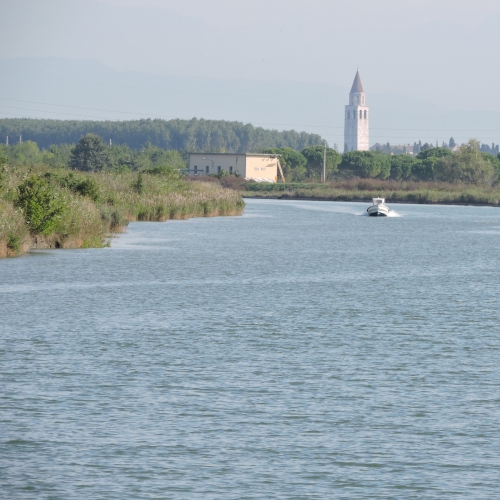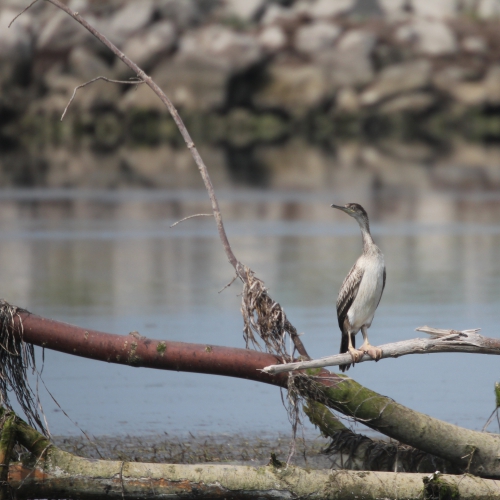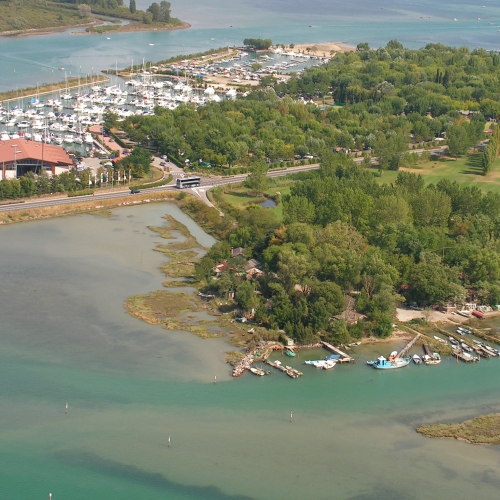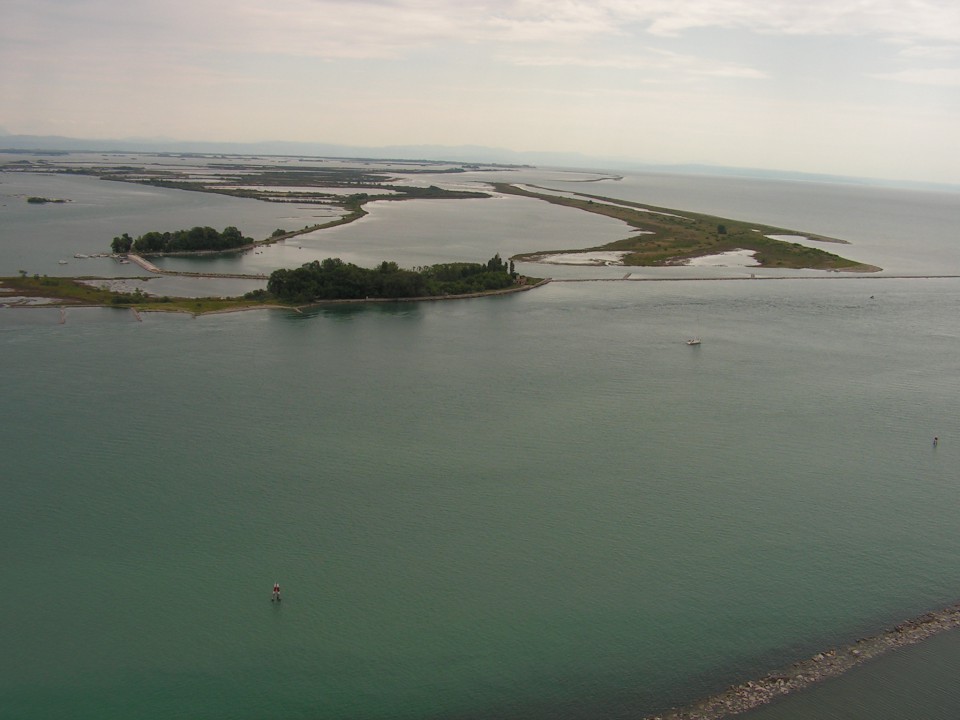
Descrizione
Tra Pto Buso e Grado all’esterno della laguna si estende una serie di banchi sabbiosi non stabilizzati da strutture antropiche e quindi in continua evoluzione per l’azione di sedimentazione ed erosione operata dal mare. La parte occidentale prende il nome di banco Anfora e inizia sul molo guardiano orientale di Porto Buso, la parte centrale è il banco d’Orio mentre quello orientale è denominato banco dei Tratauri e fino a pochi anni fa arrivava al molo di ponente della Fosa. Oggi risulta in parte eroso e sostituito da una piana sabbiosa regolarmente sommersa dalle maree. Questi banchi costituiscono un ambiente di rara naturalità con morfologie, vegetazione e fauna peculiare. Sono presenti dune relativamente alte con l’ammofila, vasti banchi appena colonizzati da Cakile, estese barene retrodunali. L’avifauna acquatica trova qui un ambiente ideale per la sosta, lo svernamento e la nidificazione. Sui banchi sabbiosi si formano i grandi dormitori di alta marea del piovanello pancianera e della pivieressa e nelle stesse zone nidificano la beccaccia di mare il fraticello e il raro fratino oltre a molti gabbiani reali. La Regione Friuli - Venezia Giulia ha provveduto ad istituire delle zone a divieto di accesso temporaneo opportunamente segnalate per favorire la necessaria tranquillità alle specie nidificanti
Luoghi d'interesse
Il canale di Buso che alimenta il corrispondente bacino lagunare separa la laguna di Grado da quella di Marano. Porto Buso con l’isola di...
Tradizioni
Sono trasportatori di sabbia che rifornivano i bisogni di materiale per l’edilizia sia di Grado che di Trieste dal 1800, utilizzando delle...
Sugli isolotti, le mote, che portano ancora gli antichi nomi gradesi, i pescatori vivevano nei casoni di cannuccia palustre. Ora a restarvi tutto...
Veniva così chiamata la sabbia che si trovava nella zona della “ fosa de Morgo” (dove sfocia il canale Morgo) perché...
Ambienti
Le zone normalmente emerse della laguna sono denominate “barene” e sono caratterizzate dalla vegetazione alofila cioè tipica...
Costituiscono la separazione naturale tra laguna e mare. A differenza delle barene, limose, i cordoni litoranei sono sabbiosi e costituiti da dune...
La linea di costa che un tempo (fino agli anni Venti) si modificava naturalmente a seconda dell’innalzamento ed abbassamento del livello del...
Il sistema lagunare del Friuli Venezia Giulia si estende tra la foce dell’Isonzo e quella del Tagliamento. Rispetto alla “sorella...
Una delle più estese e vitali praterie sommerse del Golfo è quella antistante le foci dell’Isonzo. Si tratta di piante con...
Le zone regolarmente sommerse dall’alta marea che si scoprono durante la bassa prendono il nome di “piana di marea”. Nel Friuli...
Uccelli
cm 85-100, sessi simili. Piumaggio bianco, becco giallo che diviene nero in periodo riproduttivo. Presente tutto l’anno, non nidifica. Numeroso...
cm 84-102, sessi simili. Presente tutto l’anno nidifica in colonia in boschetti lagunari e altre zone boscate dell’entroterra. La nidificazione...
cm 45-55, spiccato dimorfismo, il maschio è grigio con le punte delle ali nere, la femmina è bruna, entrambi hanno il groppone bianco. Presente...
cm 39-44, sessi simili, Bianca e nera con becco rosso-arancio e zampe rossastre. Presente tutto l’anno, durante lo svernamento, fenomeno recente,...
cm 23-28, sessi simili. Molto mimetico con un piumaggio bruno striato, ha un lungo becco diritto ed un volo caratteristico a zig-zag. Presente da...
cm 37-43, sessi simili, grigio chiaro superiormente, bianco nelle parti inferiori, con calottina nera con ciuffo sulla nuca e becco nero con apice...
cm 30-35, sessi simili. Scura superiormente e bianca nelle parti inferiori. Frequenta in stormi il mare aperto dalla primavera all’autunno, non...
cm 48-57, sessi simili. Brunastro con lungo becco ricurvo. Presente tutto l’anno ma non nidifica. Forma aggregazioni durante l’alta marea su...
cm 37-45, sessi simili. Brunastro con becco ricurvo, più corto del chiurlo maggiore, presenta caratteristiche strie scure sulla testa. Presente...
cm 140-160, colore bianco, grigio nei giovani, tubercolo alla base del becco, più evidente nel maschio. Presente tutto l’anno, numeroso presso...
cm 51-62, anatra elegante con collo lungo e, nel maschio lunghe timoniere centrali. Specie svernante, frequenta le piane di marea, i ripristini...
cm 77-94, sessi simili. Come pellicani e sule ha le 4 dita congiunte dalla membrana natatoria. Specie presente tutto l’anno, aumenta notevolmente...
cm 17-19,5, sessi simili. E’il corriere di dimensioni maggiori. Ricorda il corriere piccolo ma più massiccio con tratti più marcati e barra alare...
cm 15.5-18, sessi simili. Beige superiormente con strie nere sul capo e sul petto, bianco inferiormente. Presente da marzo a settembre, nidifica...
cm 15-16, maschio con capo grigio e gola bianca nella sottospecie cinerocapilla , ventre giallo, coda lunga con timoniere esterne bianche. Durante le...
cm 43-55, spiccato dimorfismo, il maschio è più colorato mentre la femmina è tutta scura con testa e spalle giallo paglierino. Presente tutto...
cm 120-145, gli adulti hanno un tipico piumaggio rosa-rosso mentre i giovani sono grigi. Presente tutto l’anno ma con consistenze molto variabili...
cm 42-50, il maschio presenta una caratteristica macchia bianca sulle copritrici dell’ala. Specie svernante molto numerosa da settembre a marzo,...
cm 21-25, sessi simili. È la più piccola delle rondini di mare, volo con battiti molto frequenti e pesca con continui stalli seguiti da tuffi....
cm 15-17, il maschio ha la nuca rossastra e strie nere evidenti sul capo e ai lati del petto. La femmina ha lo stesso disegno ma in grigio. Presente...
cm 35-39, sessi simili. A febbraio veste il cappuccio bruno scuro dell’abito nuziale che poi perde in luglio-agosto. Presente tutto l’anno...
cm 37-40, sessi simili. Rispetto al gabbiano comune ha il becco più massiccio e rosso corallo, la testa nera-durante la nidificazione- e le punte...
cm 52-58, sessi simili. Grigio superiormente, bianco inferiormente. Presente tutto l’anno e nidificante abbondante in laguna, sui tetti di Trieste...
cm 55-65, sessi simili. Piumaggio bianco con lunghe penne, dette egrette. su nuca e dorso durante il periodi riproduttivo. Presente tutto l’anno...
cm 40-46, essi simili. Ricorda un gabbiano reale di minori dimensioni. Presente da novembre ad aprile, numerosa in alcuni inverni, Frequenta il mare,...
cm 50-60. spiccato dimorfismo, è il progenitore dell’anatra domestica. Presente tutto l’anno, molto adattabile, frequenta sia le zone umide che...
cm 68-78, sessi simili. Il breve ciuffo è presente negli adulti in inverno e inizio primavera. Presente tutto l’anno diviene raro in inverno e...
cm 45-55, sessi simili Presente tutto l’anno nidifica in colonie, associato a varie specie di aironi. in alcuni boschetti lagunari. La...
cm 17-19, sessi simili. Azzurro superiormente, rosso inferiormente con grande becco scuro e coda molto corta che in volo lo fanno sembrare un...
cm 30-34, sessi simili. Grigia superiormente, biancastra inferiormente, becco relativamente grosso leggermente rivolto all’insù. Presente tutto...
cm 24-27, sessi simili. Grigio-bruna superiormente, più chiara inferiormente con evidente barra bianca sull’ala, più scura in abito nuziale;...
cm 17-21, sessi simili. Caratteristico ventre nero e parti superiori rossastre, grigiastro d’inverno. E’ il “limicolo” più numeroso durante...
cm 18-31, sessi simili. Grigio chiaro superiormente e bianco inferiormente, becco più corto dell’affine pancianera. Presente da agosto a maggio,...
cm 18-20,5 bruno chiaro superiormente. bianco sulle parti inferiori. Le ali hanno una sottile barra chiara e vengono spesso bloccate brevemente nel...
cm 33-41, sessi simili. Grigio bruna, con parti inferiori biancastre durante lo svernamento, rosse in abito nuziale. Becco lungo leggermente rivolto...
cm 26-29, sessi simili. Piumaggio grigio, bianco e nero sulle parti inferiori durante il periodo riproduttivo. Grigia d’inverno con...
cm 48-56, sessi simili, piumaggio molto variabile, in genere bruna con chiazze chiare. Presente tutto l’anno, più numerosa anche in laguna durante...
cm 40-48, il maschio ha la testa nera con una caratteristica macchia bianca sulle guance. Presente durante lo svernamento e le migrazioni, frequenta...
cm 17-21, sessi simili. Nera superiormente, gola rossa e ventre biancastra. Presente da marzo-aprile e settembre-ottobre, Nidifica sotto manufatti...
cm 52-58, maschio con testa verde scuro e collarino bianco, femmina con testa rossastra. Presente durante lo svernamento è frequente durante la...
cm 34-37, sessi simili. Grigia chiara superiormente bianca nelle parti inferiori, con calottina nera e becco rosso. È la classica rondine di mare...
cm 63-75, sessi simili. D’inverno il piumaggio è grigio scuro superiormente, biancastro inferiormente Il becco è più massiccio e tenuto...
cm 55-67, sessi simili. Durante l’inverno ha un piumaggio grigio, biancastro inferiormente. Presente d’inverno in mare e nelle zone più profonde...
cm 24-28, sessi simili. Molto mimetico ricorda un tappeto di foglie morte. Di abitudini crepuscolari e notturne si osserva in volo mentre caccia...
cm 85-97, sessi simili, gli adulti sono bianchi e neri mentre i giovani sono tutti scuri: è l’uccello marino più grande osservabile normalmente...
cm 46-51, sessi simili Grigio superiormente, biancastro inferiormente, nell’abito nuziale mostra evidenti ciuffi sul capo e guance. Presente tutto...
cm 28-34, sessi simili. Grigio e biancastro d’inverno, veste il collo nero ed un ciuffo giallo dietro l’occhio rosso a marzo. Presente da agosto...
cm 25-29, sessi simili, piumaggio arancio barrato di nero, cresta erettile sul capo, volo sfarfallante. Presente da aprile a settembre ed è...
cm 55-65, aspetto bianco e scuro, becco rosso con tubercolo nel maschio. Presente tutto l’anno, frequenta le zone soggette a marea e le valli da...

